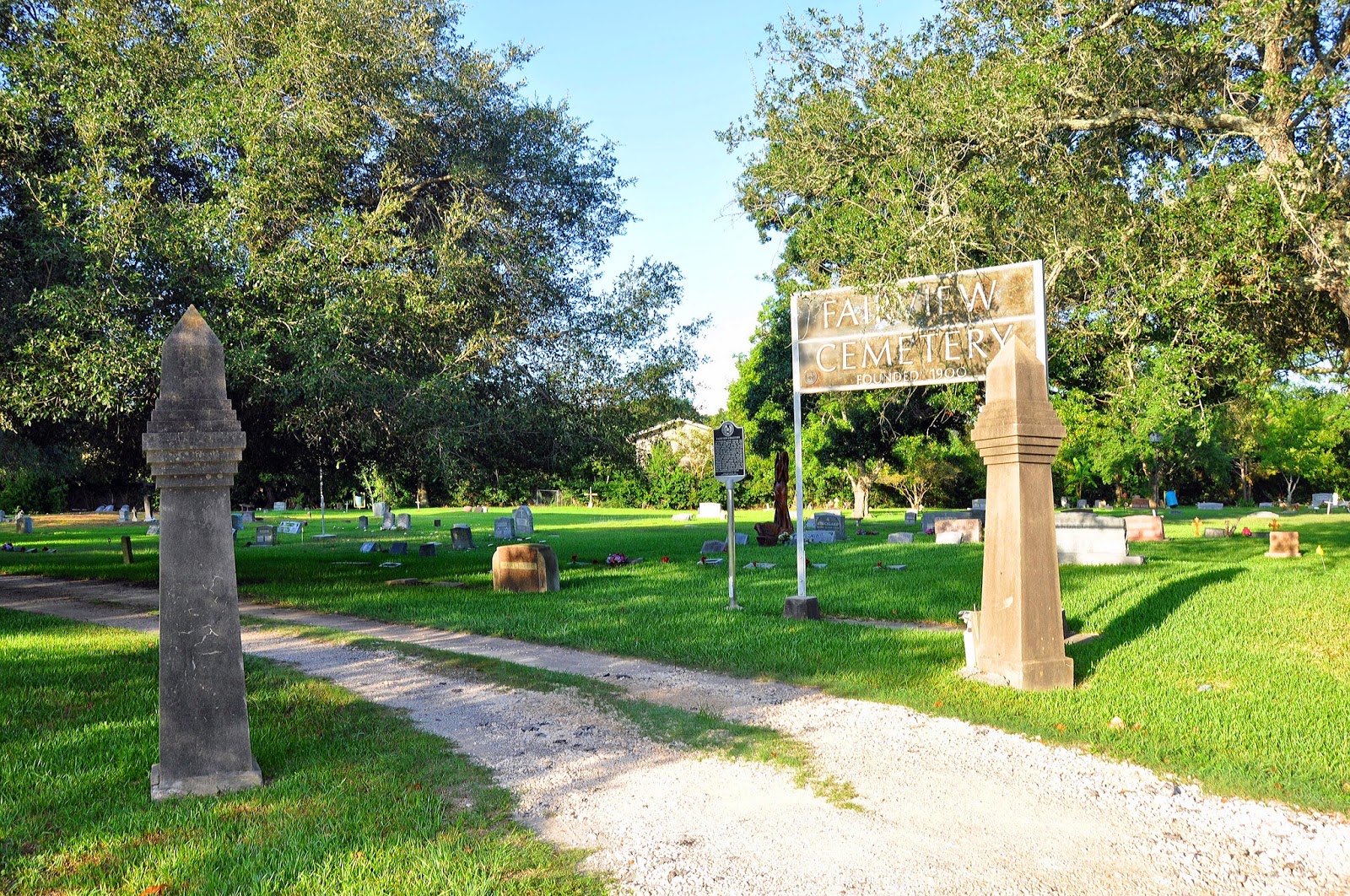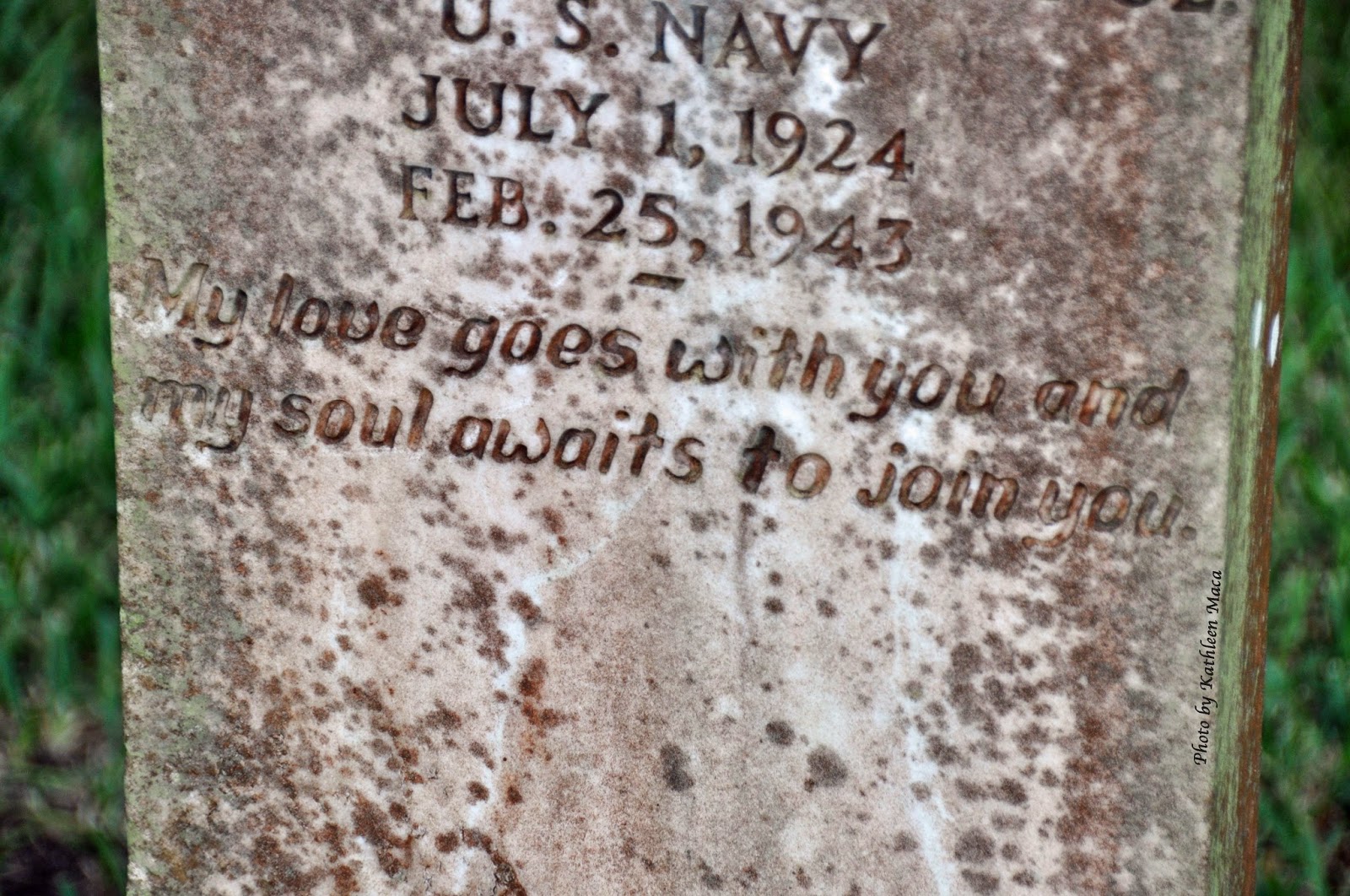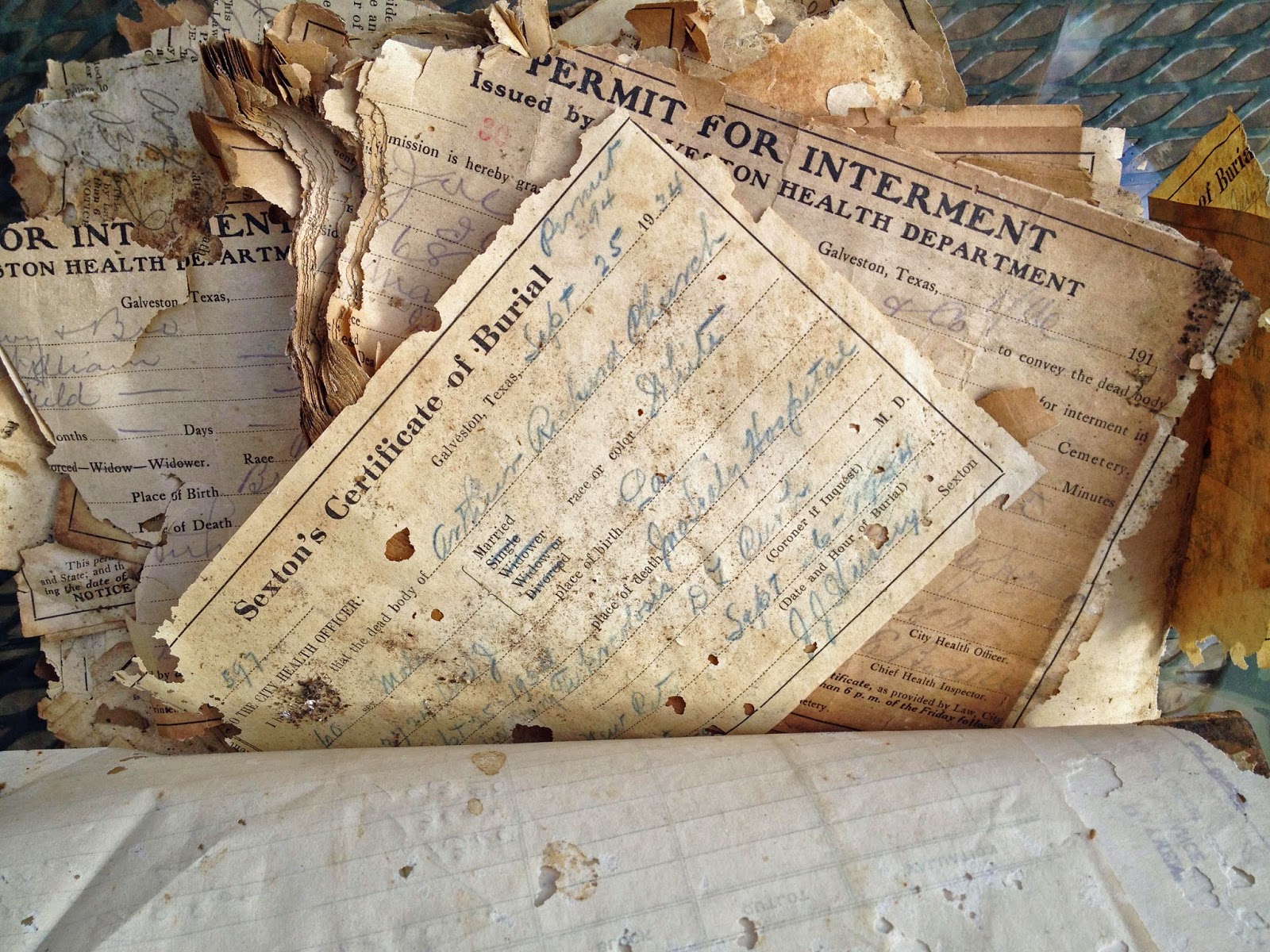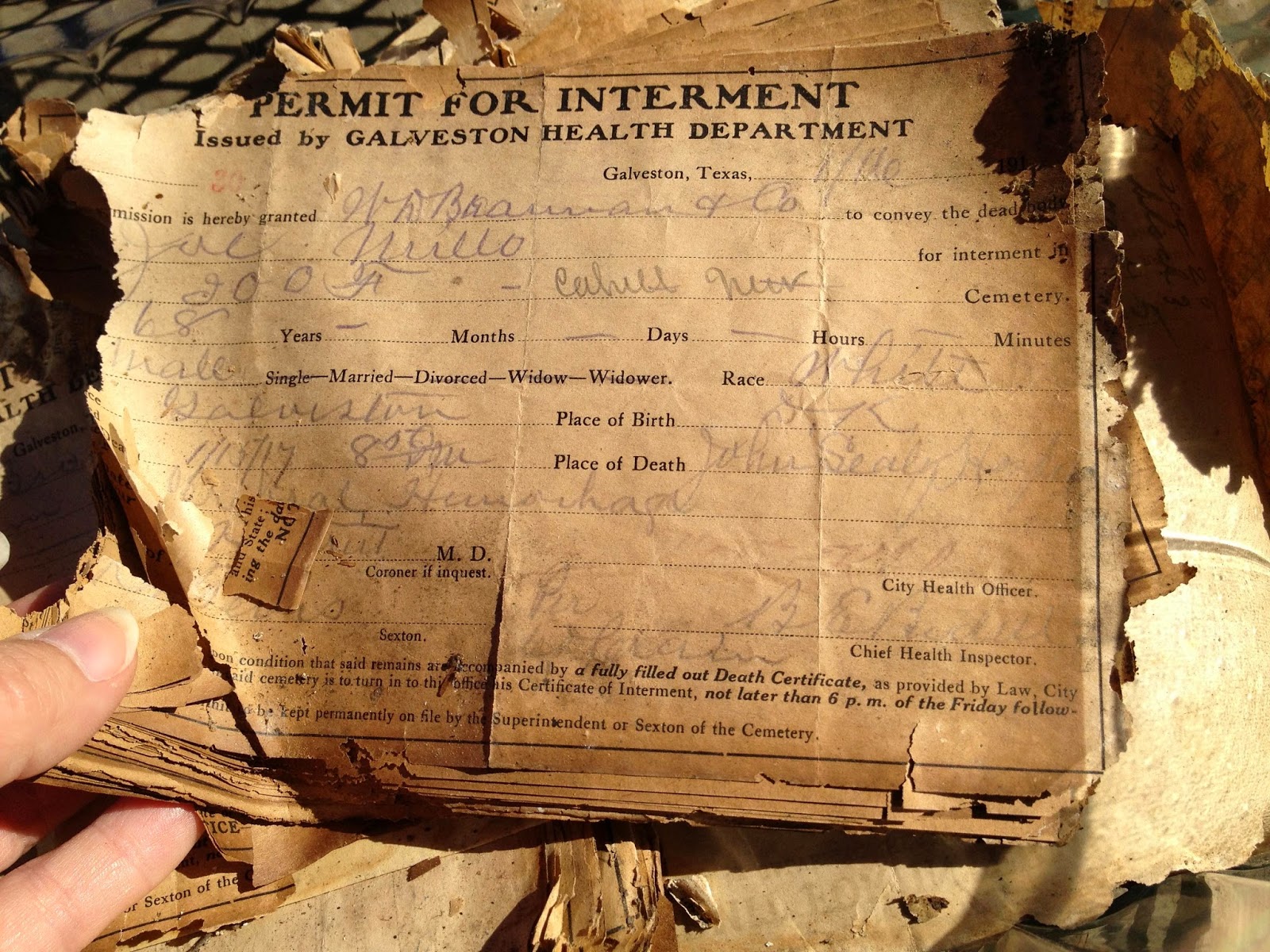Sometimes, when you delve into history to solve a mystery, you end up with several more. That’s just what happened when I came across the simple grave maker for “Mrs. Appleton.” (And yes, that’s part of a snakeskin…seven feet long…laying next to the marker.)

I found this marker in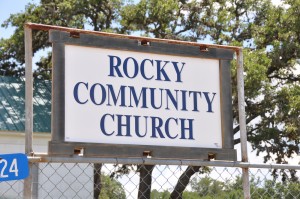 Rocky Community Church Cemetery, sometimes referred to as Rocky Creek Cemetery, in Johnson City, Blanco County, Texas. Unmarked graves make me incredibly sad, but those with only names are sad as well. When did this person live? Where is the family? Not even her first name was included.
Rocky Community Church Cemetery, sometimes referred to as Rocky Creek Cemetery, in Johnson City, Blanco County, Texas. Unmarked graves make me incredibly sad, but those with only names are sad as well. When did this person live? Where is the family? Not even her first name was included.
That creates the challenge of filling in information with some research.
So who was Mrs. Appleton ?
Her name was Sarah
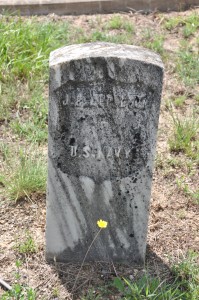 Sarah Jane Null was born On December 23, 1839 in Louisville, Kentucky. In 1859 she married James B. Appleton. James, whose middle initial is sometime listed as “R,” was born in Pennsylvania in 1830.
Sarah Jane Null was born On December 23, 1839 in Louisville, Kentucky. In 1859 she married James B. Appleton. James, whose middle initial is sometime listed as “R,” was born in Pennsylvania in 1830.
They had their first child James William the following year in Indiana. They then moved to Shelbyville, Shelby County, Indiana in 1865.
From February to October 1865, James served as a private in the U.S. Navy during the Civil War.
Soon after his return from service, the couple had two more sons: John Morris on September 29, 1866 and Wallace P. in 1871.
1870 Sarah and her husband James lived in Shelbyville with with son “Willie” (James William), who was 10, Morris, who was 3 and a house servant named Mary Wilcher who was 37 years old. Sarah was listed as a milliner, and James was a painter.
In the 1880 census, the family was living in Blanco, Johnson County, Texas and farming. They were still there in 1890 when James was listed on the veteran’s schedules.
But either farming wasn’t a good choice for them, or perhaps they were homesick for Indiana, because the were back living in Shelbyville by 1895 when James passed away (according to Sarah’s obituary).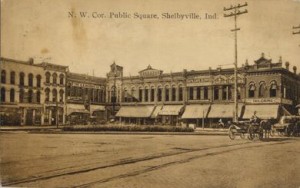
Prior to his death, the couple operated a millinery and dry goods establishment in town. Their store was at the corner of West Washington and Public Square. (The site later became home of the First National Bank Building.) They lived in a home at the corner of Franklin and West streets.
We can assume that Morris took his father’s place in the business, since he was living in his mother’s home in 1900. That year’s census lists her occupation as a milliner and his as a salesman. The 1910 census information remained the same.
John Morris Married Lida G. on May 19, 1912. They eventually moved to San Antonio, Texas where he worked as a grocery store clerk until he retired. They lived at 1023 Alamo Street. Both are buried in Shelby County, Indiana, though.
In 1920, Sarah was living in Shelbyville with her son James, who was 59 and worked at a tobacco company.
Something quickly changed again, however, because Sarah was living in Morris’ Shelbyville home when she passed away on November 26, 1921, the following year. Even more mysteriously, James and Sarah’s other son Wallace were listed as “whereabouts unknown” in Sarah’s obituary.
Where could they have gone, and why wouldn’t their family know?
At age 81, Sarah died of apoplexy and was said to have been ill for some time. Apoplexy at the time was commonly used as a term for a store or brain hemorrhage.
Mrs. Appleton had been a member of the First Presbyterian church here for several years. She was also a member of the Woman’s relief Corps, the Rebekahs and Royal Neighbors. Her name appeared often in the local newspaper, for attending or hosting social affairs and being involved in community activities. She obviously led a full life and had many friends. (Obituary appeared in the Shelbyville Republican, Saturday, Nov. 26, 1921.)
She is buried in City Cemetery in Shelbyville, Indiana.
So a few questions remain.
If James died in 1895 after they returned to Shelbyville, why is he buried in Texas? Was he perhaps visiting one of their sons who had remained in the area?
Sarah’s obituary even mentions her burial arrangements to be interred in Indiana, where there is a marker for her. Why is there also a marker for her by her husband’s? Did someone assume she was buried nearby, or was it simply placed as a remembrance?
At least we now know her full name and a bit about her. Mrs. Appleton obviously led a full, active life and had many friends. Something not reflected by the simple marker in the Texas hill country.

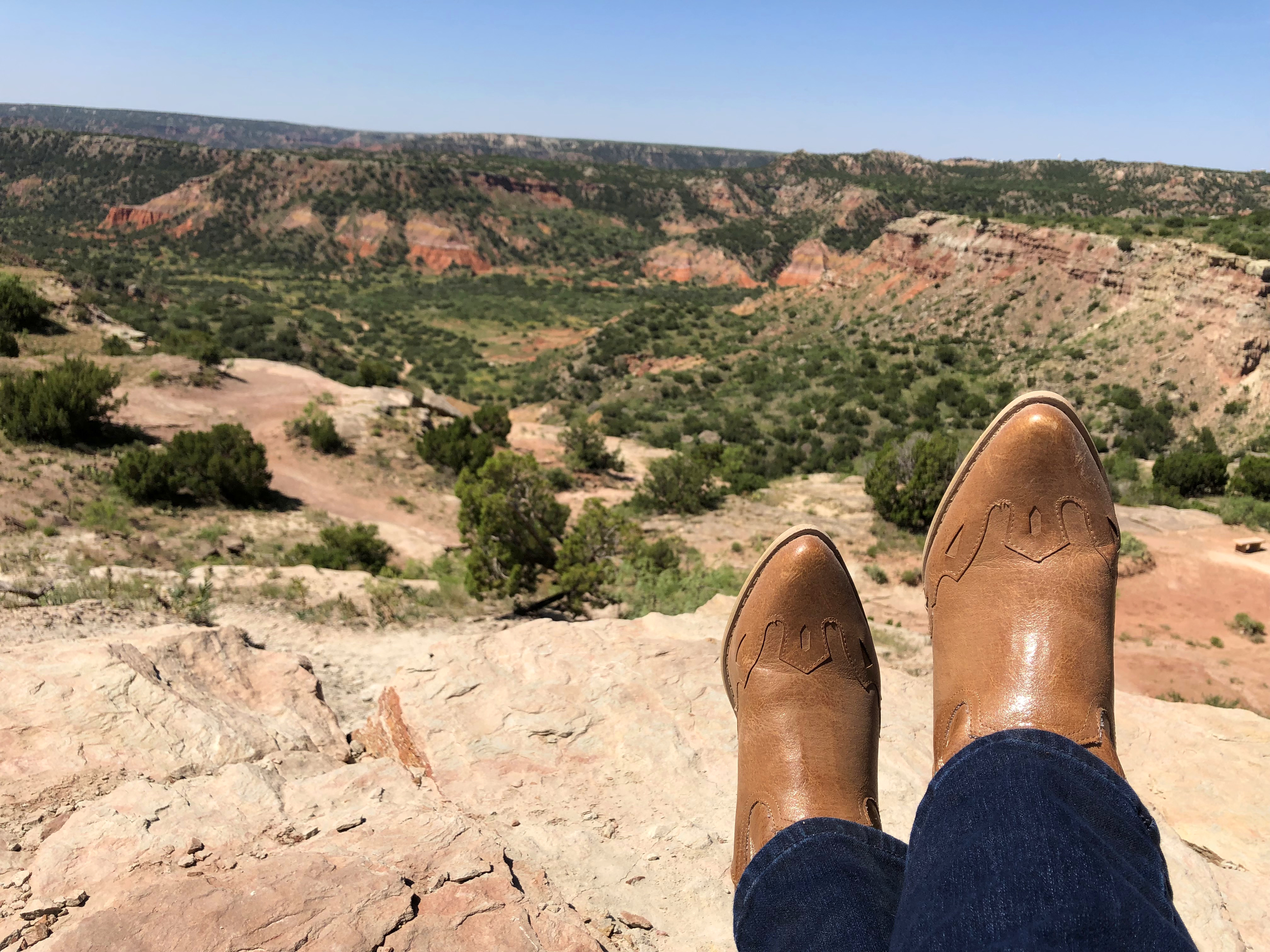
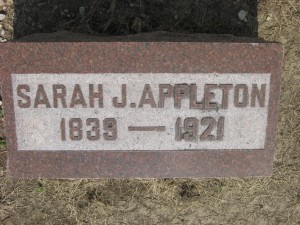
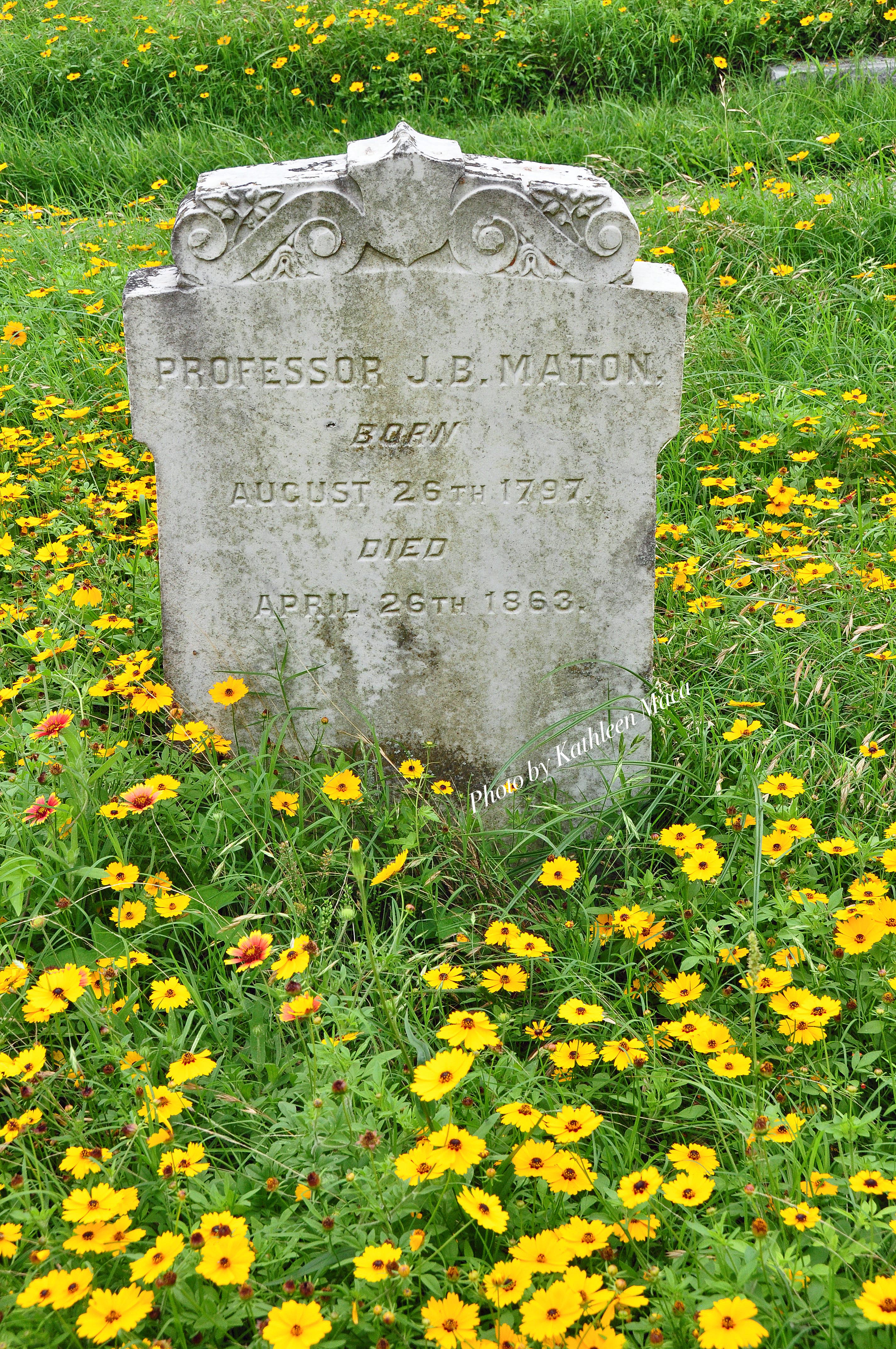
 May is my favorite time to take photos there, because the city allows the coreopsis of spring to overtake the cemetery for the month. No one can resist veering off the main avenue to enjoy a closer look
May is my favorite time to take photos there, because the city allows the coreopsis of spring to overtake the cemetery for the month. No one can resist veering off the main avenue to enjoy a closer look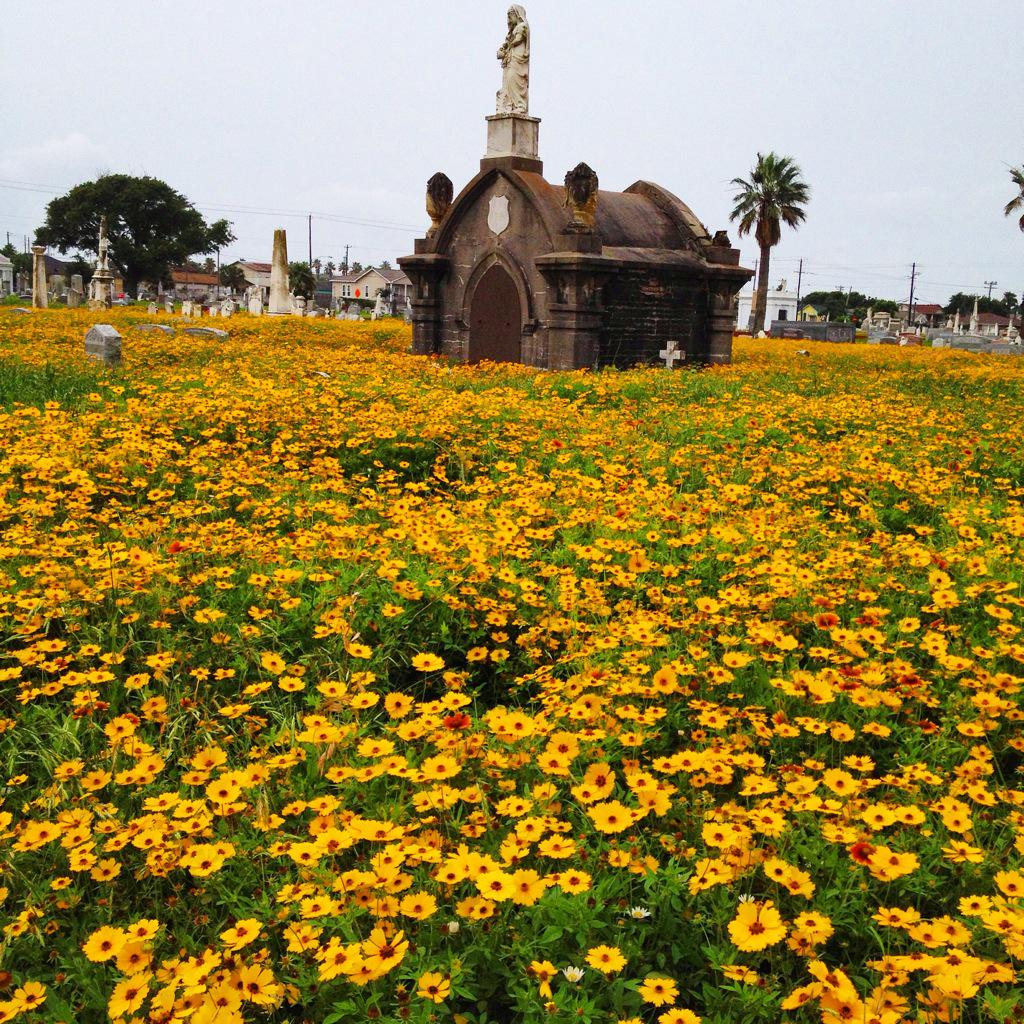
 The professor conducted the academy from his house on Twenty-fourth street, one door south of Church Street opposite the Tremont garden. It contained two classrooms “besides every other convenience for an institute as also a large garden with fine shrubbery and a good cistern.”
The professor conducted the academy from his house on Twenty-fourth street, one door south of Church Street opposite the Tremont garden. It contained two classrooms “besides every other convenience for an institute as also a large garden with fine shrubbery and a good cistern.”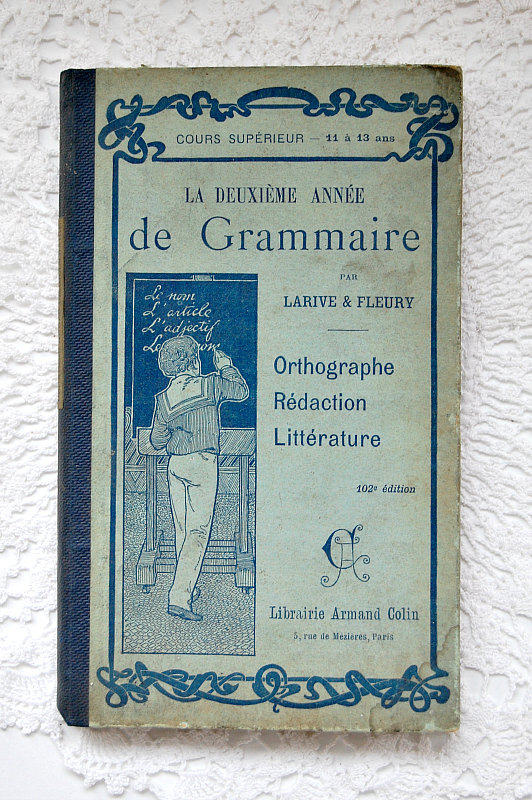 urs were from nine in the morning until four in the afternoon. Subjects included English, French and German languages, history, geography, astronomy, and arithmetic, each taught in “an agreeable style.”
urs were from nine in the morning until four in the afternoon. Subjects included English, French and German languages, history, geography, astronomy, and arithmetic, each taught in “an agreeable style.”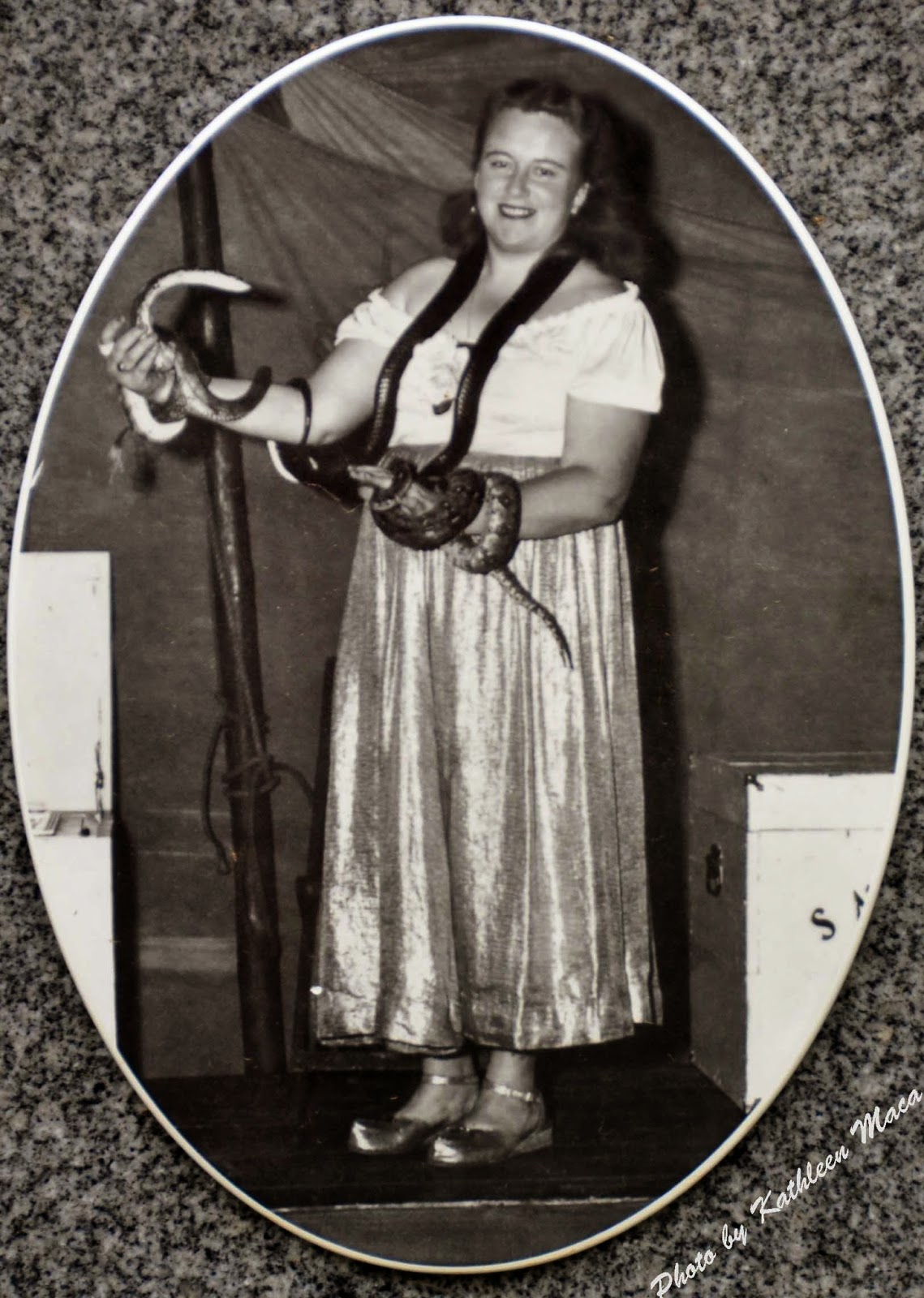

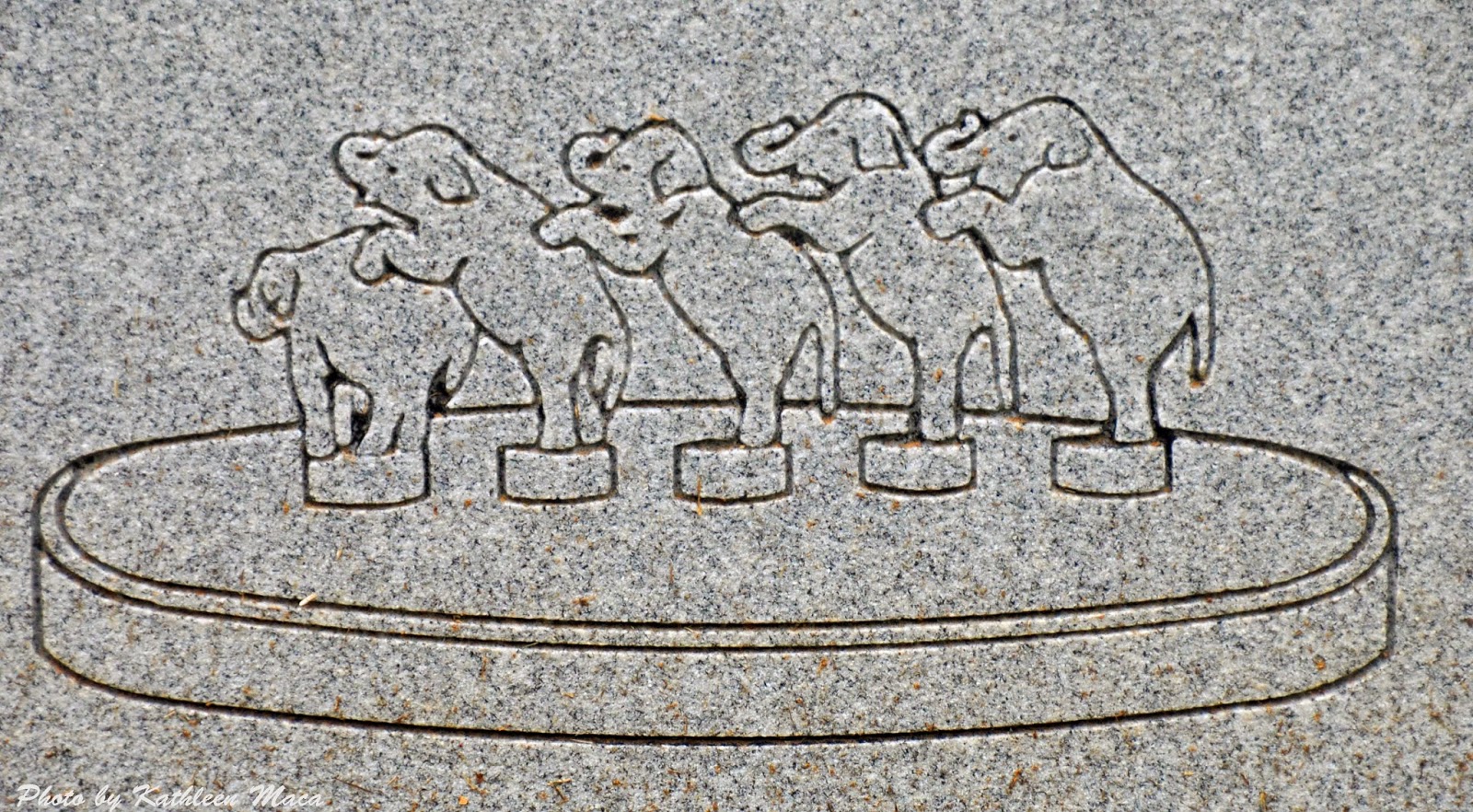
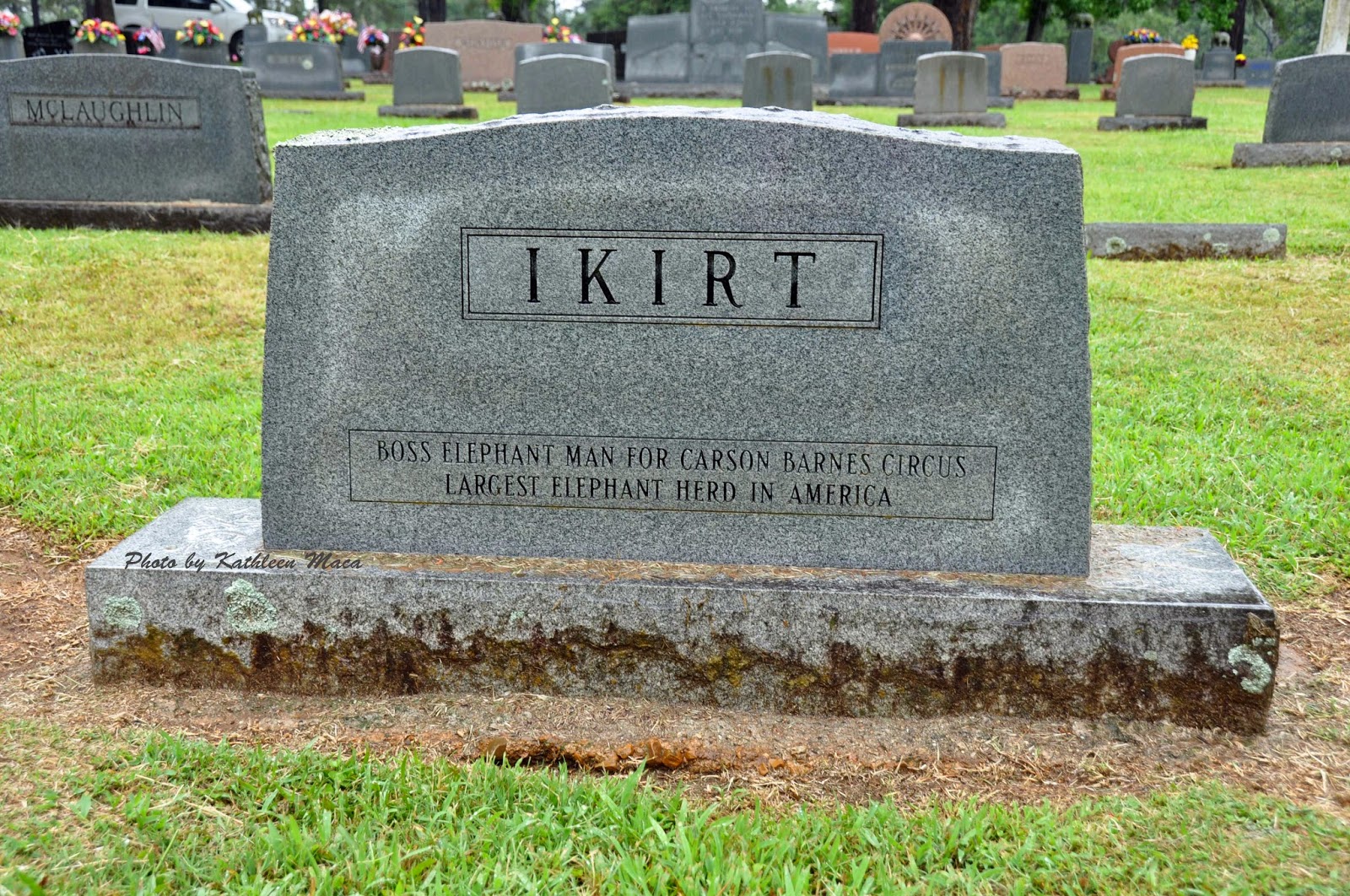 Kenneth Ikirt was a circus showman for 30 years. The World War II army veteran is said to have been especially good dealing with elephants known to have bad tempers. At various times he toured with the Kelly Morris Circus, Ringling Brothers, and John Pauling’s Great London Circus. He was
Kenneth Ikirt was a circus showman for 30 years. The World War II army veteran is said to have been especially good dealing with elephants known to have bad tempers. At various times he toured with the Kelly Morris Circus, Ringling Brothers, and John Pauling’s Great London Circus. He was 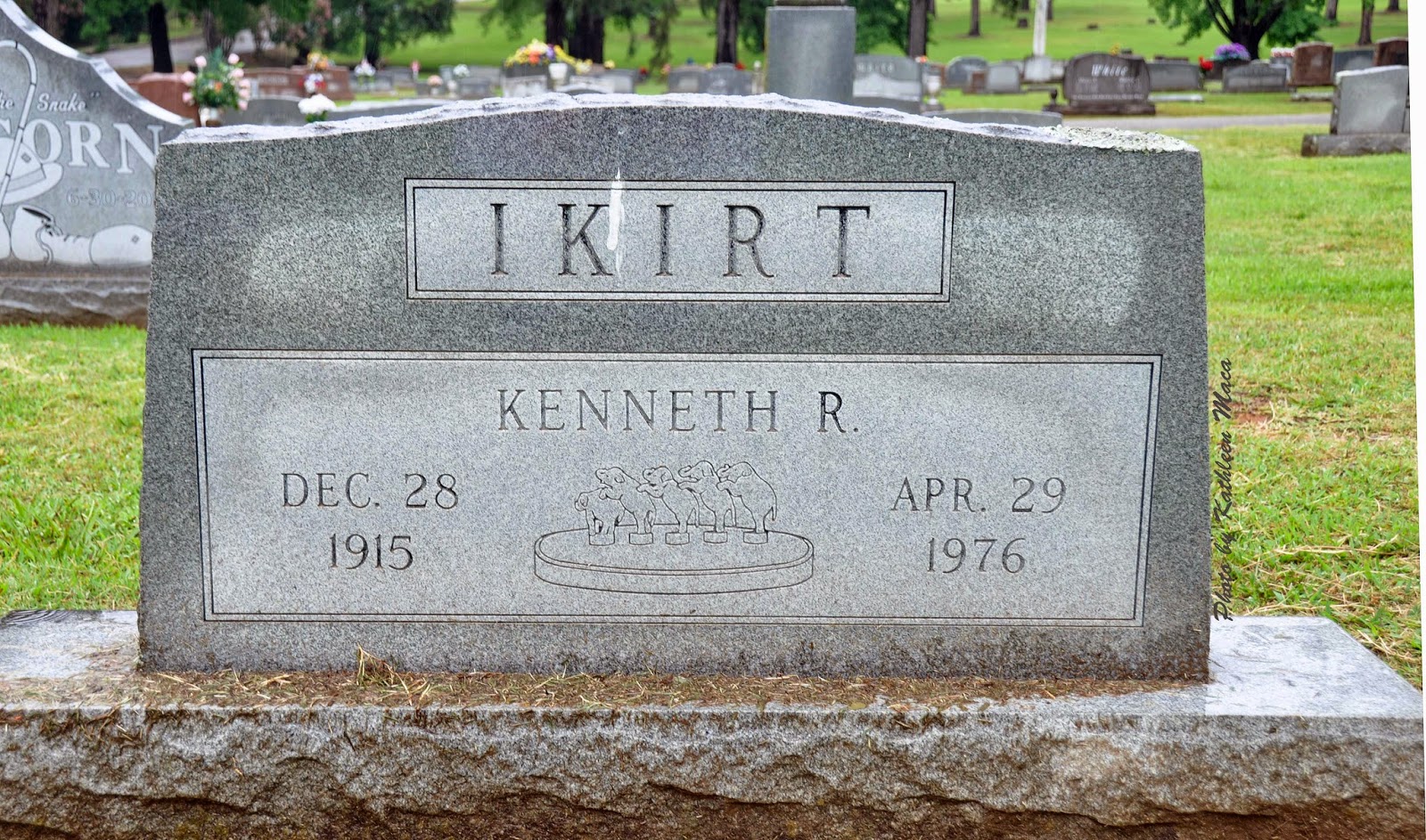 also the elephant trainer for the Miller family shows.
also the elephant trainer for the Miller family shows.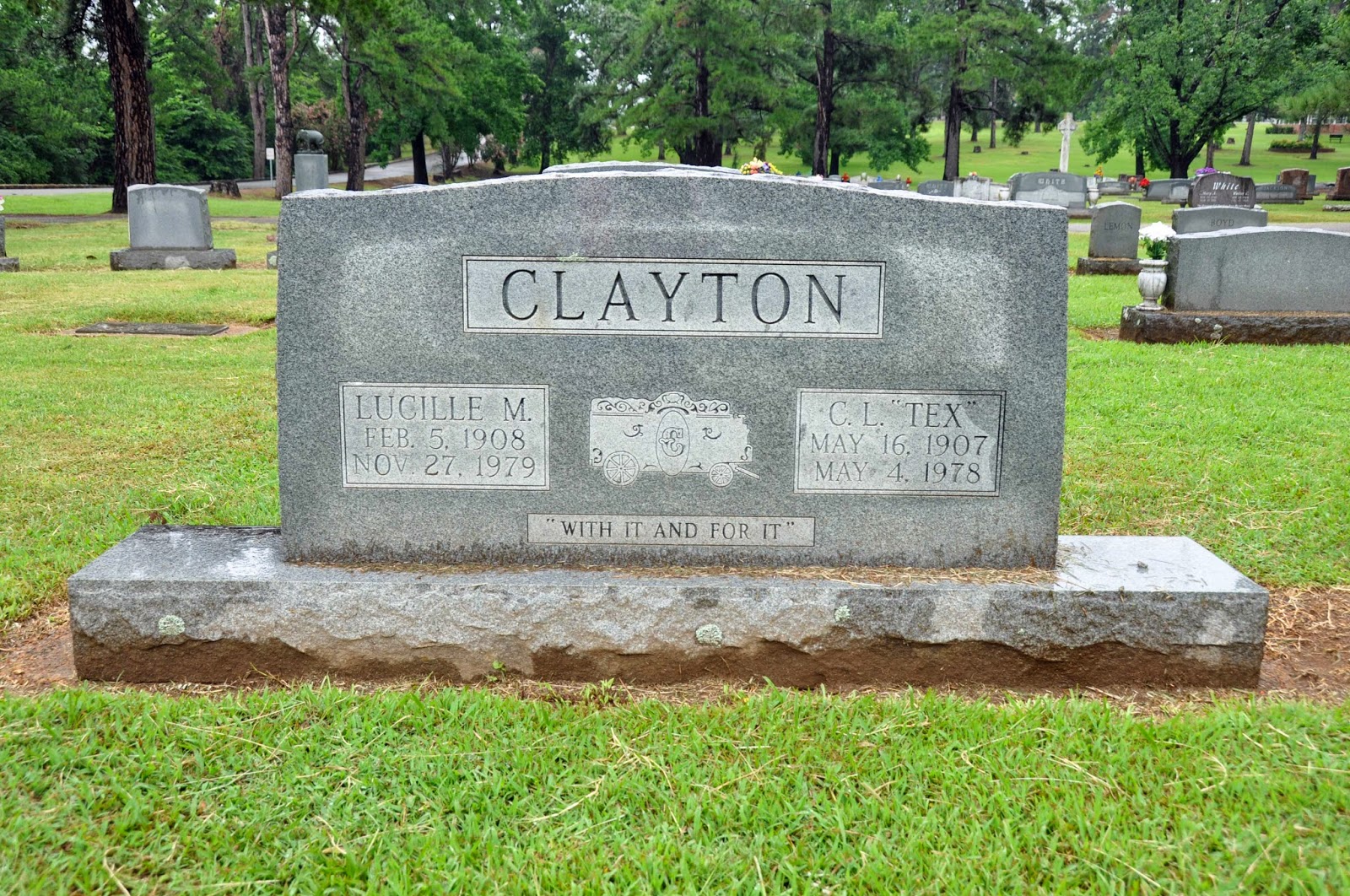
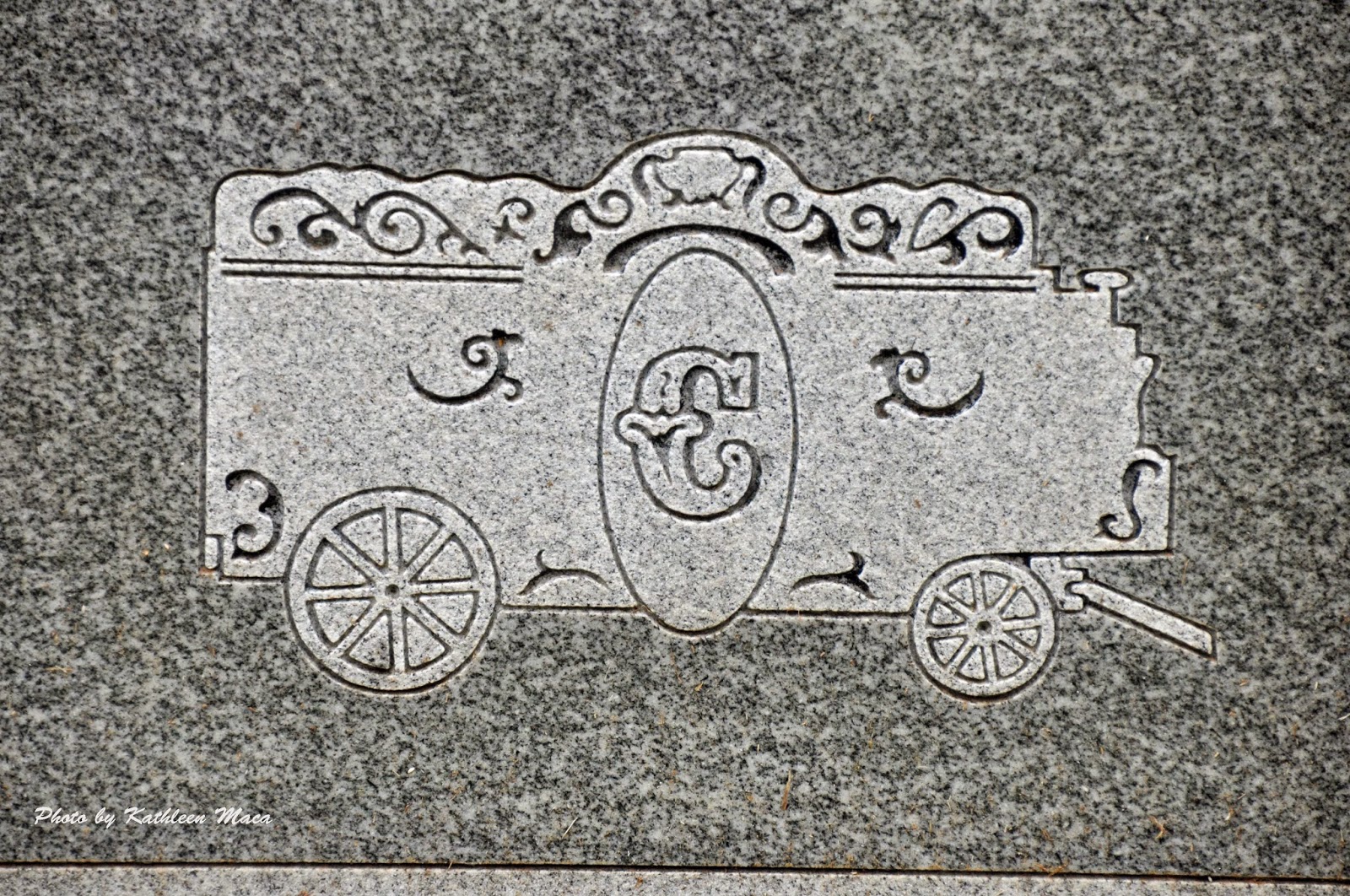 ring.
ring.
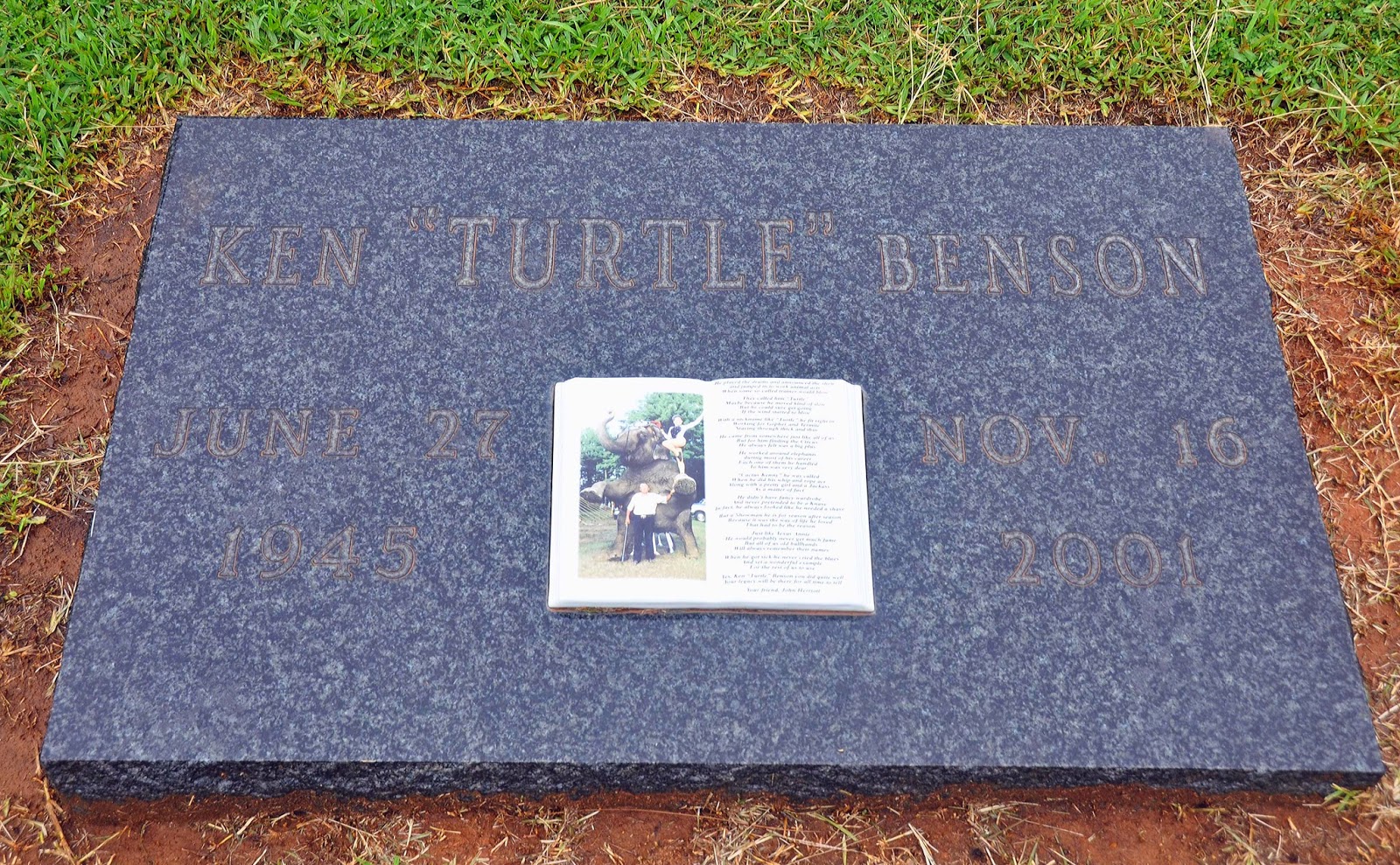
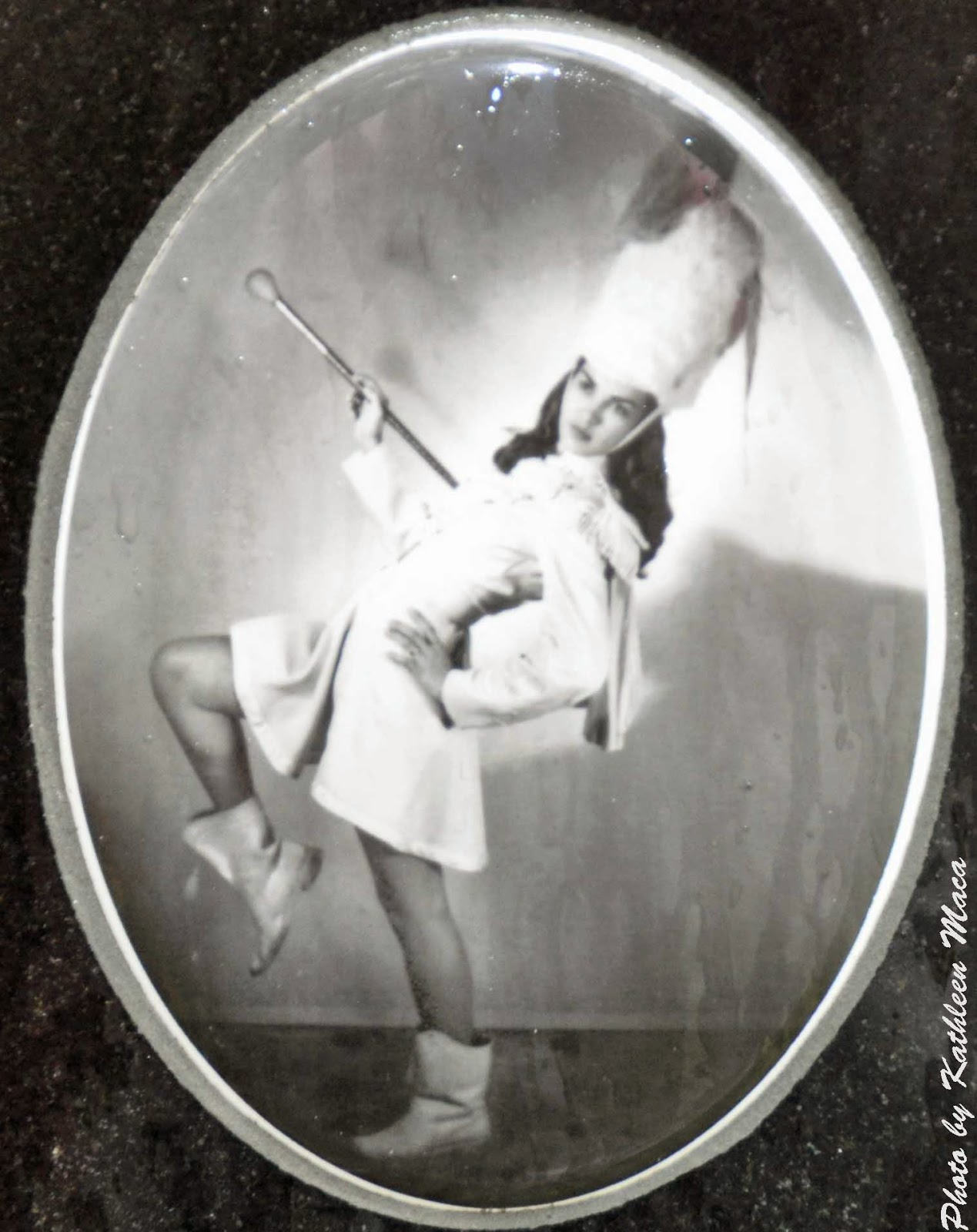
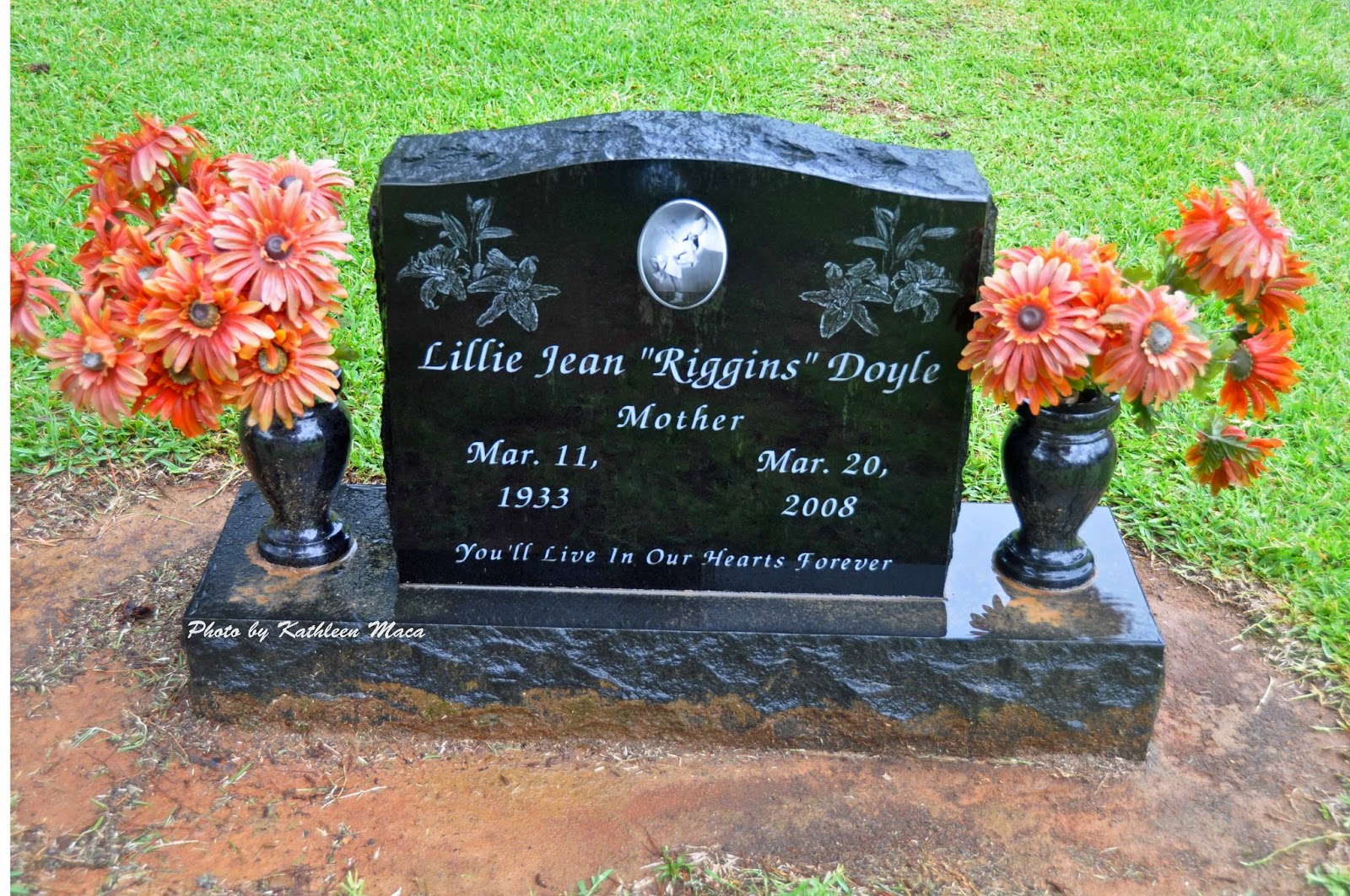
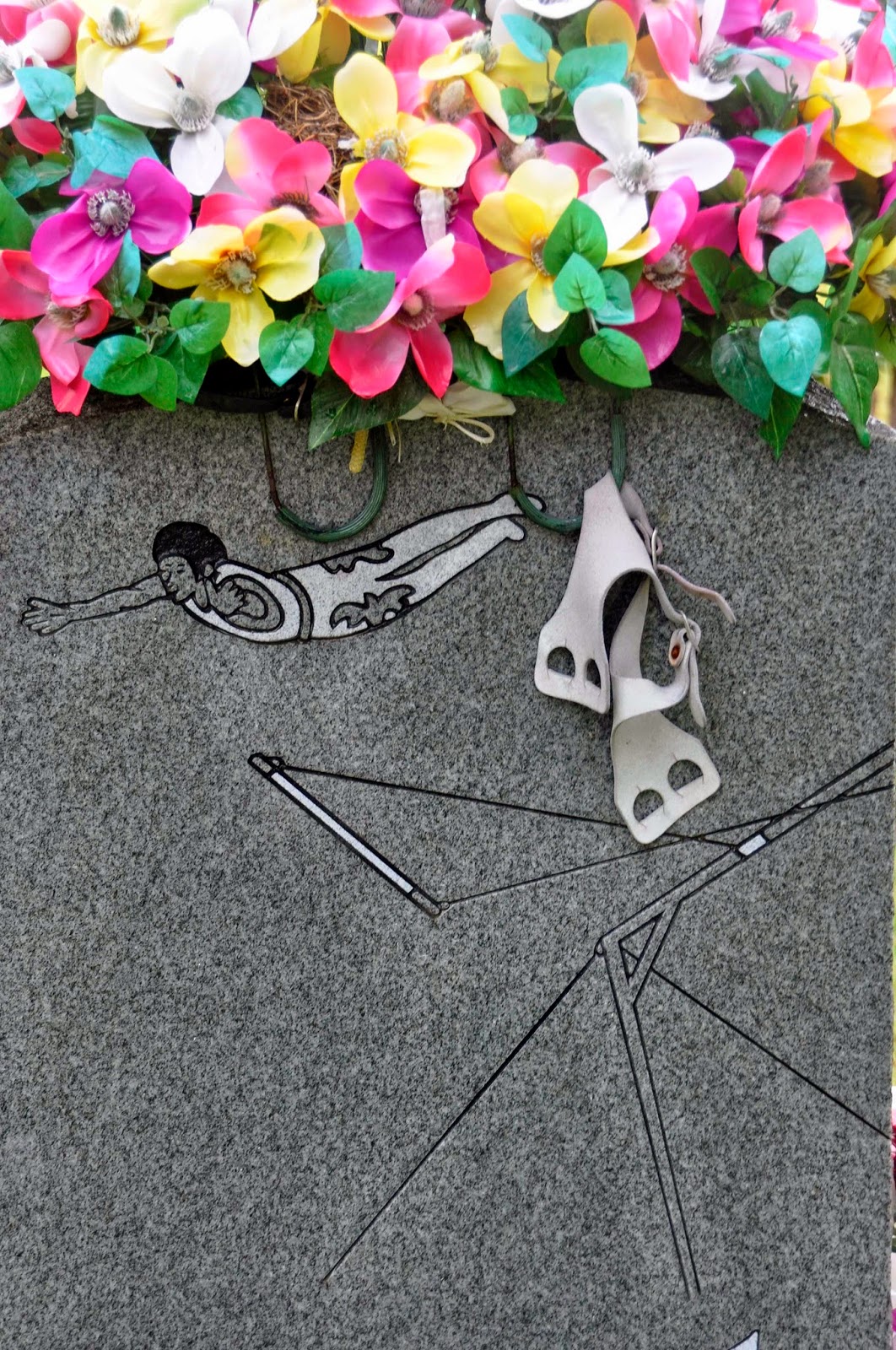
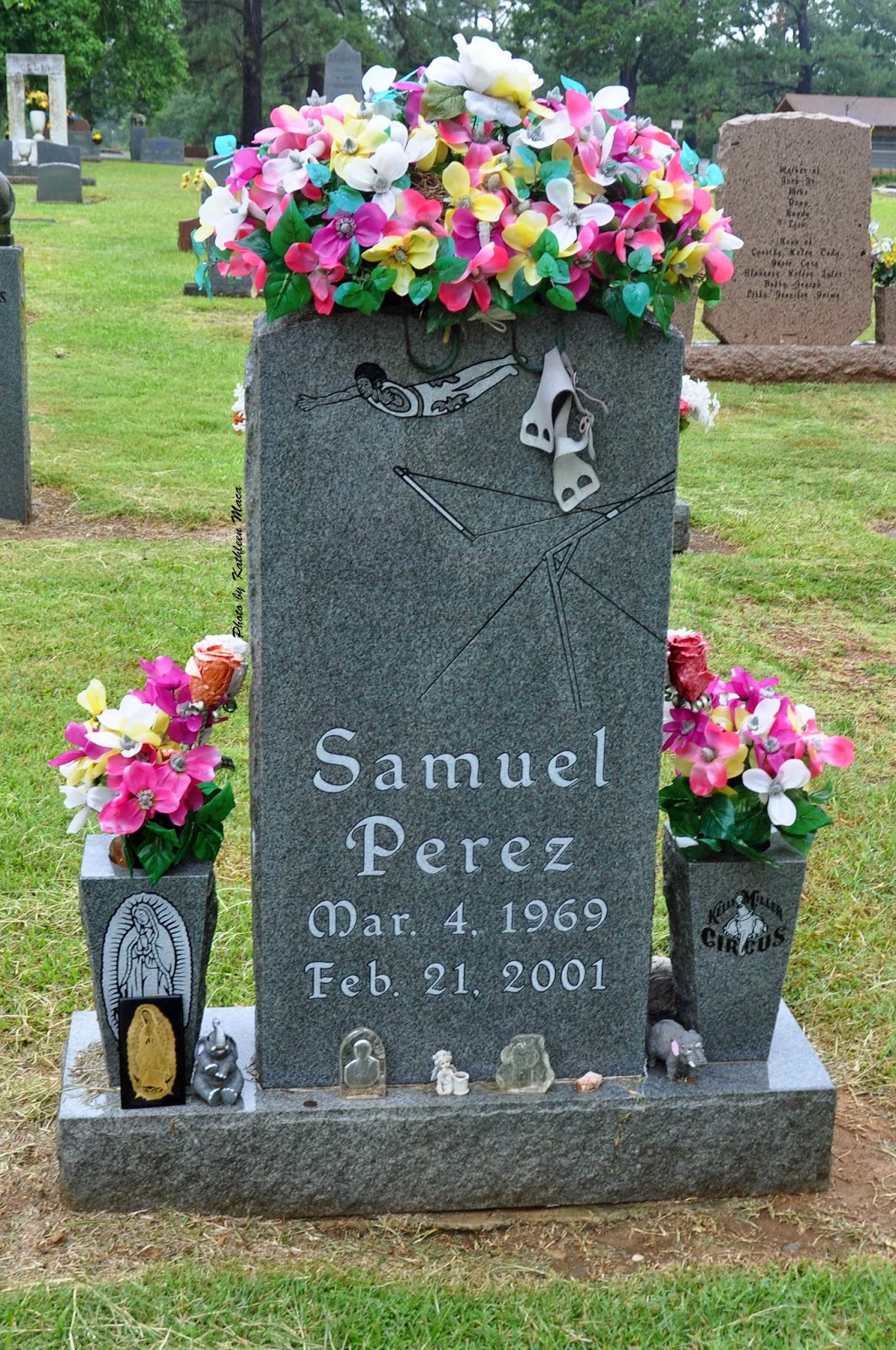
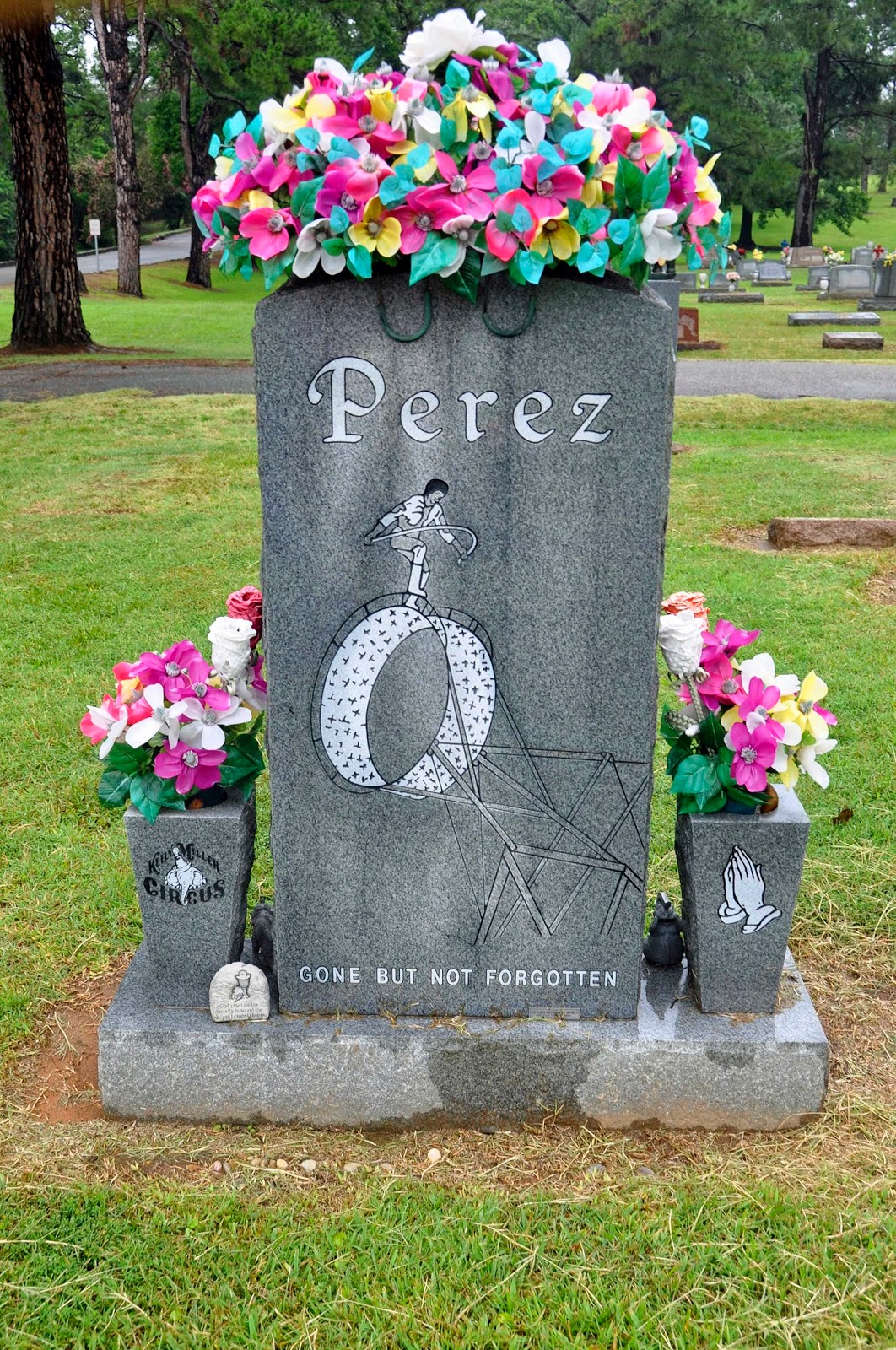
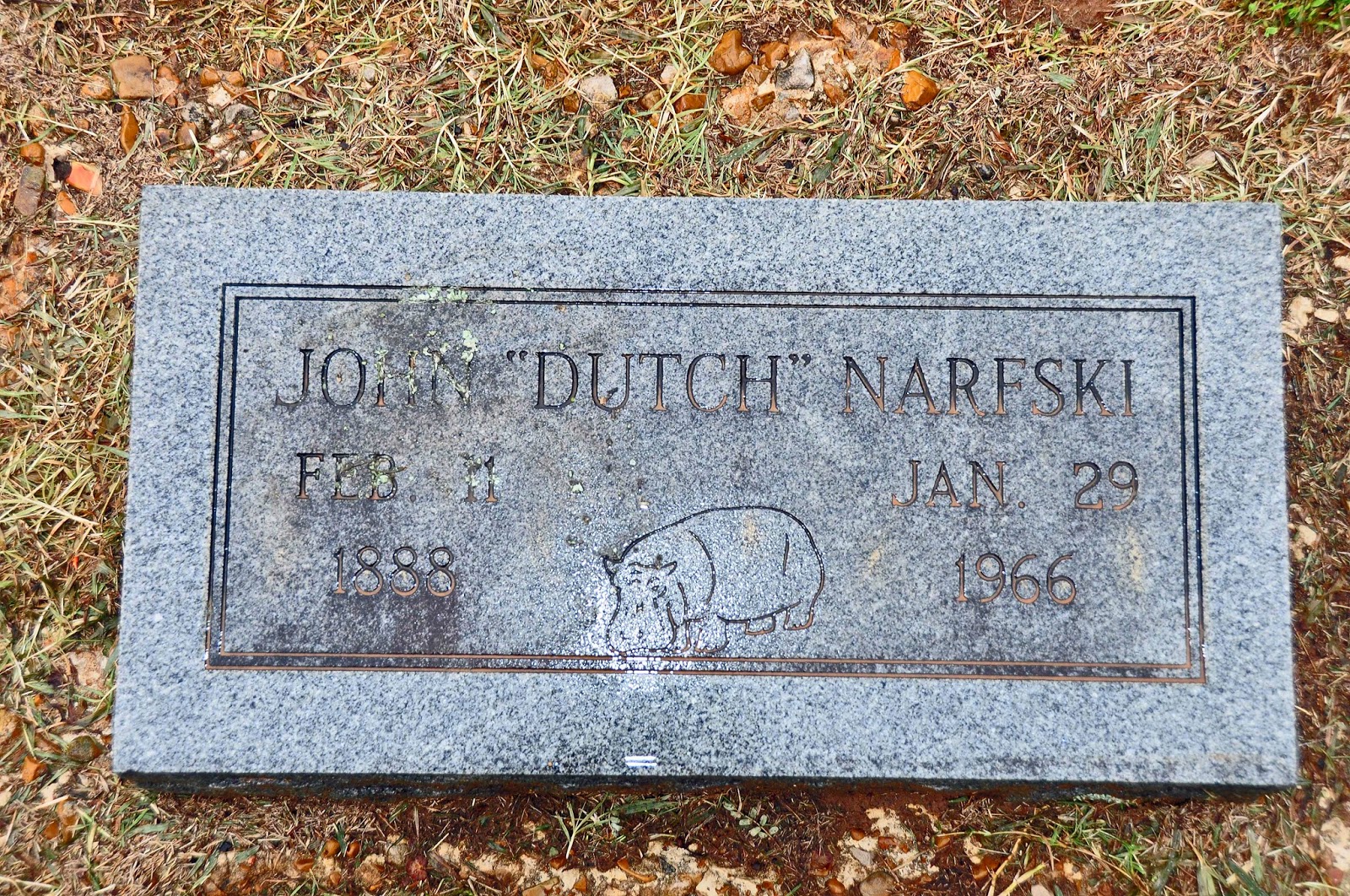
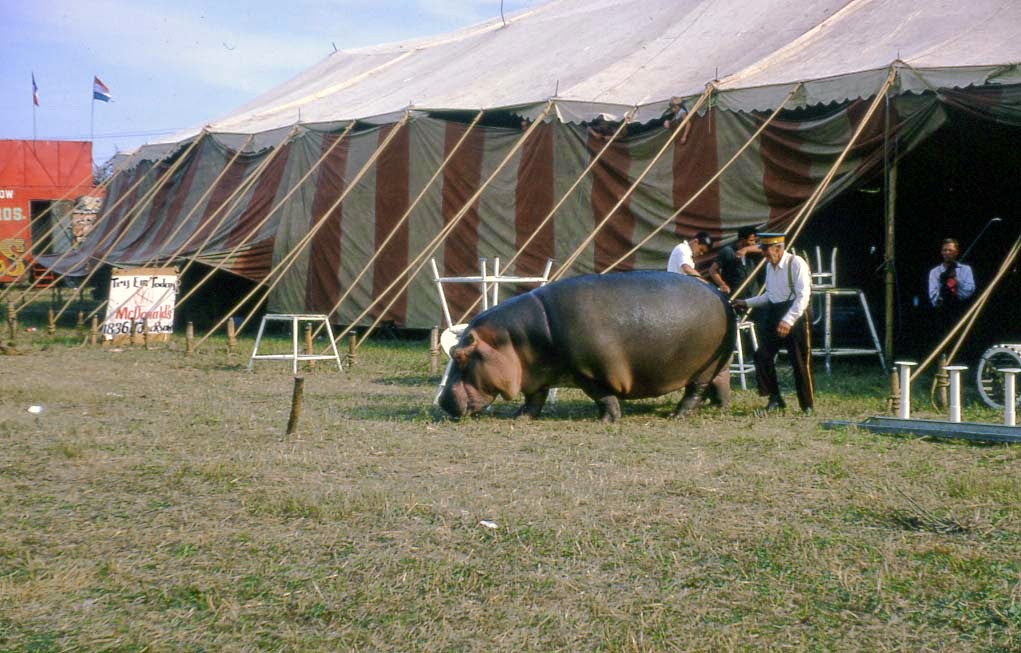
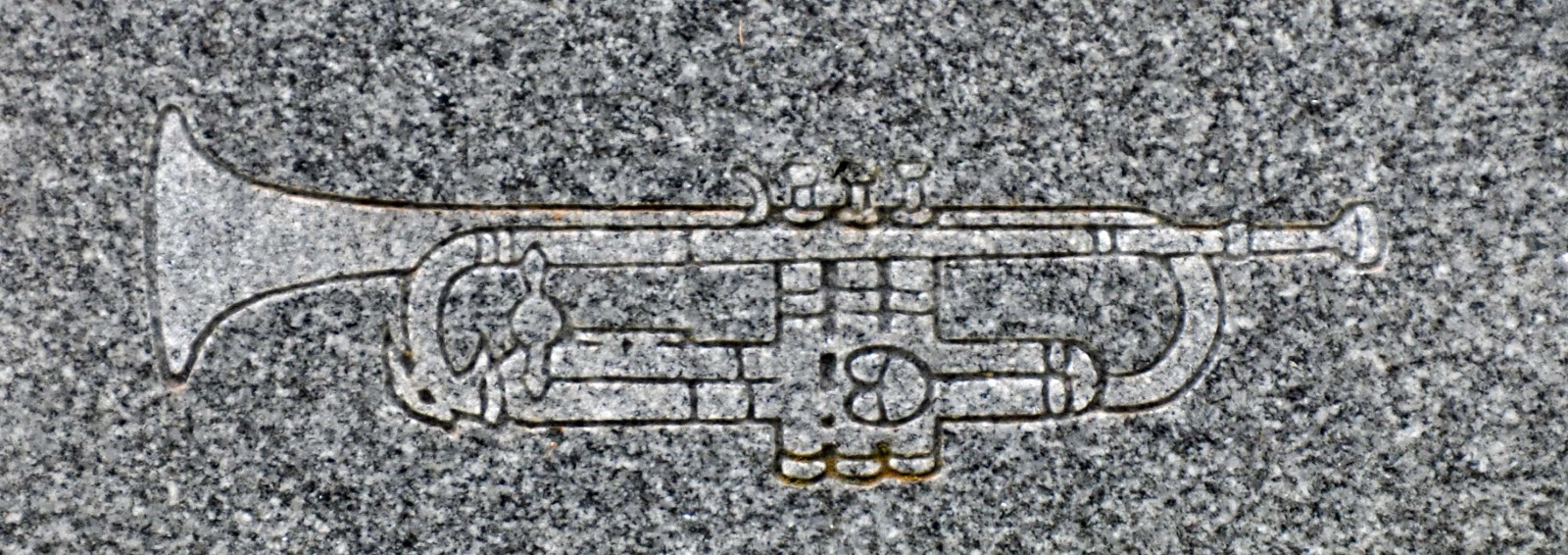
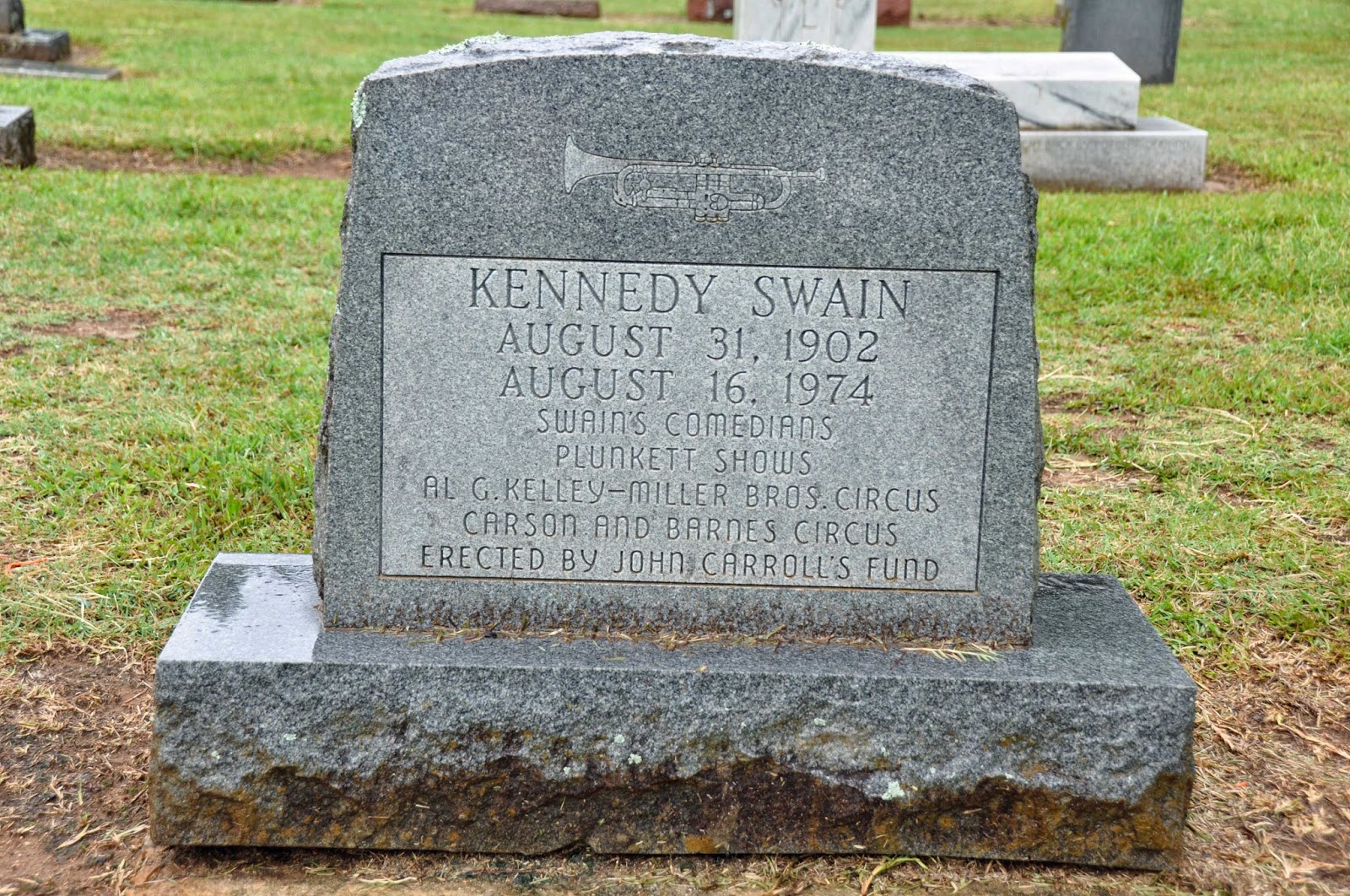

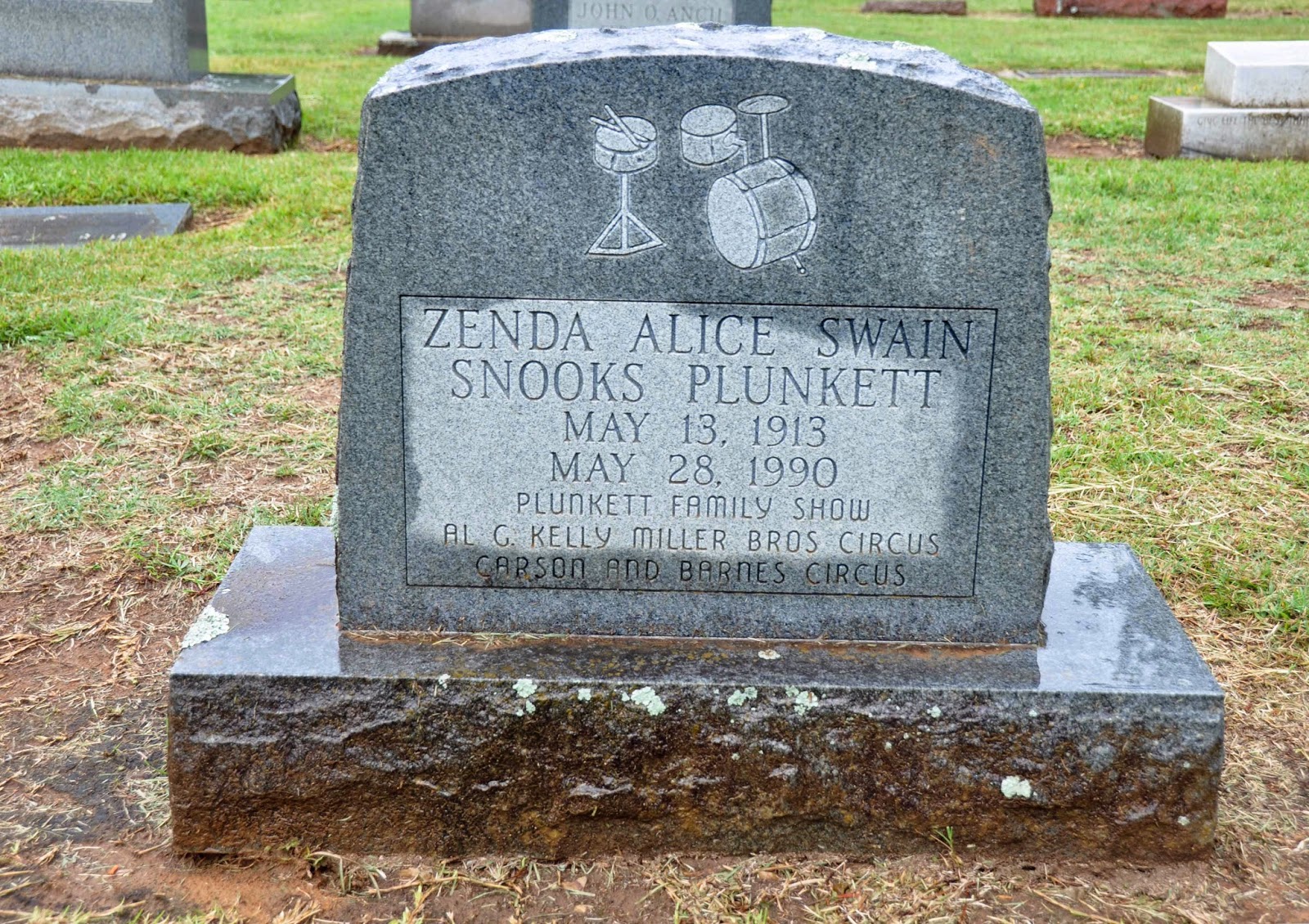 y-Miller Brothers circus and the announcer for the Carson and Barnes Circus.
y-Miller Brothers circus and the announcer for the Carson and Barnes Circus.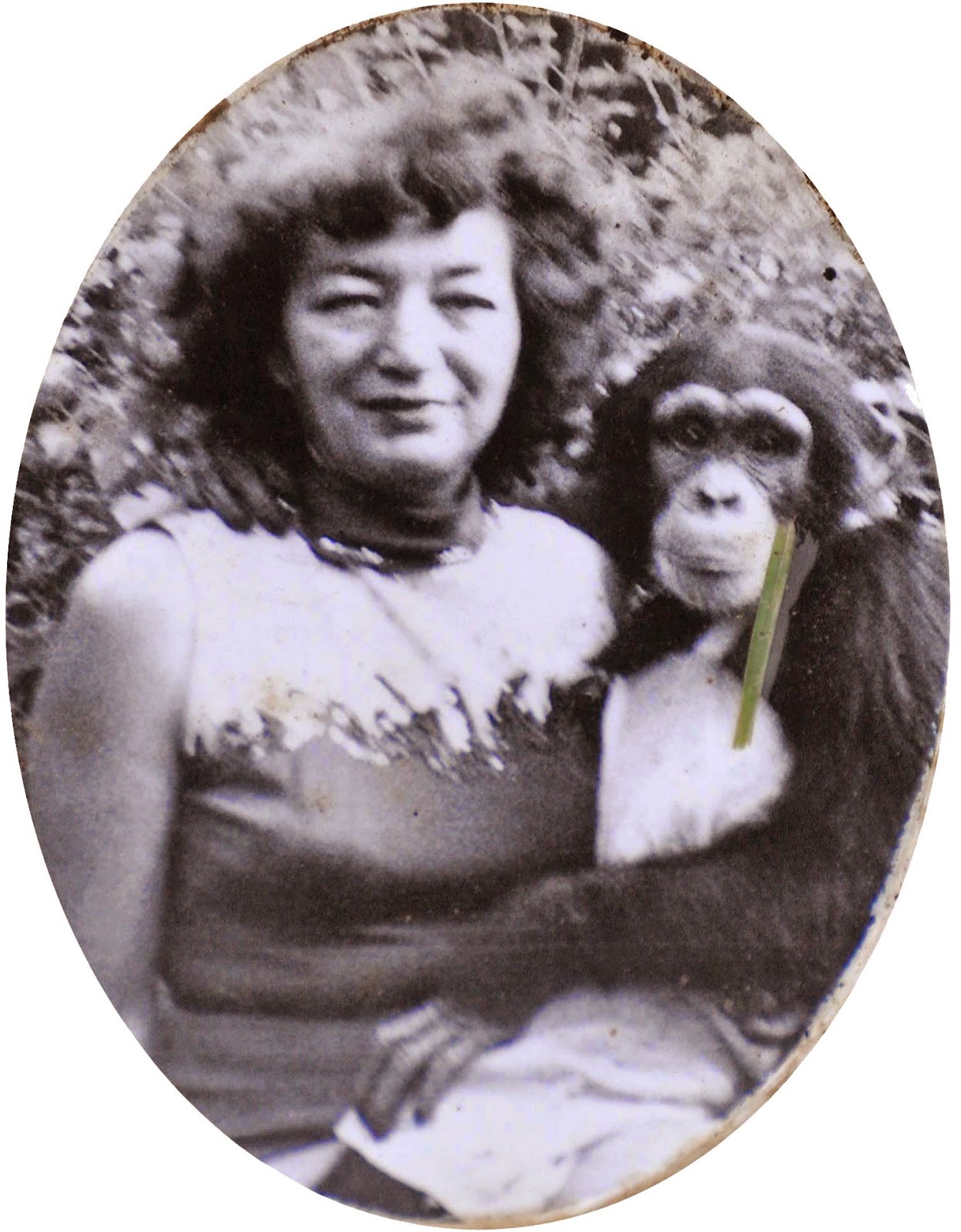
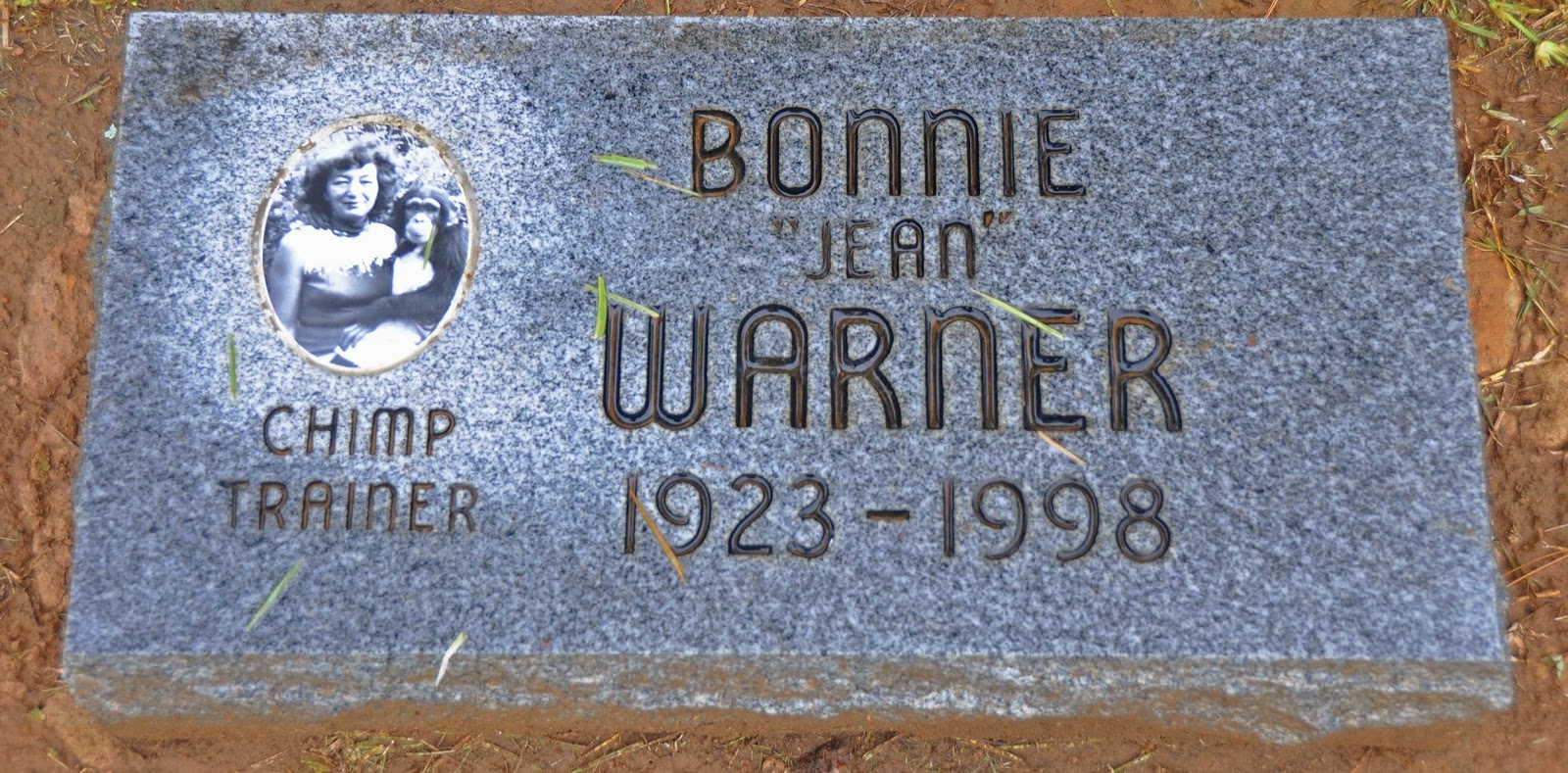



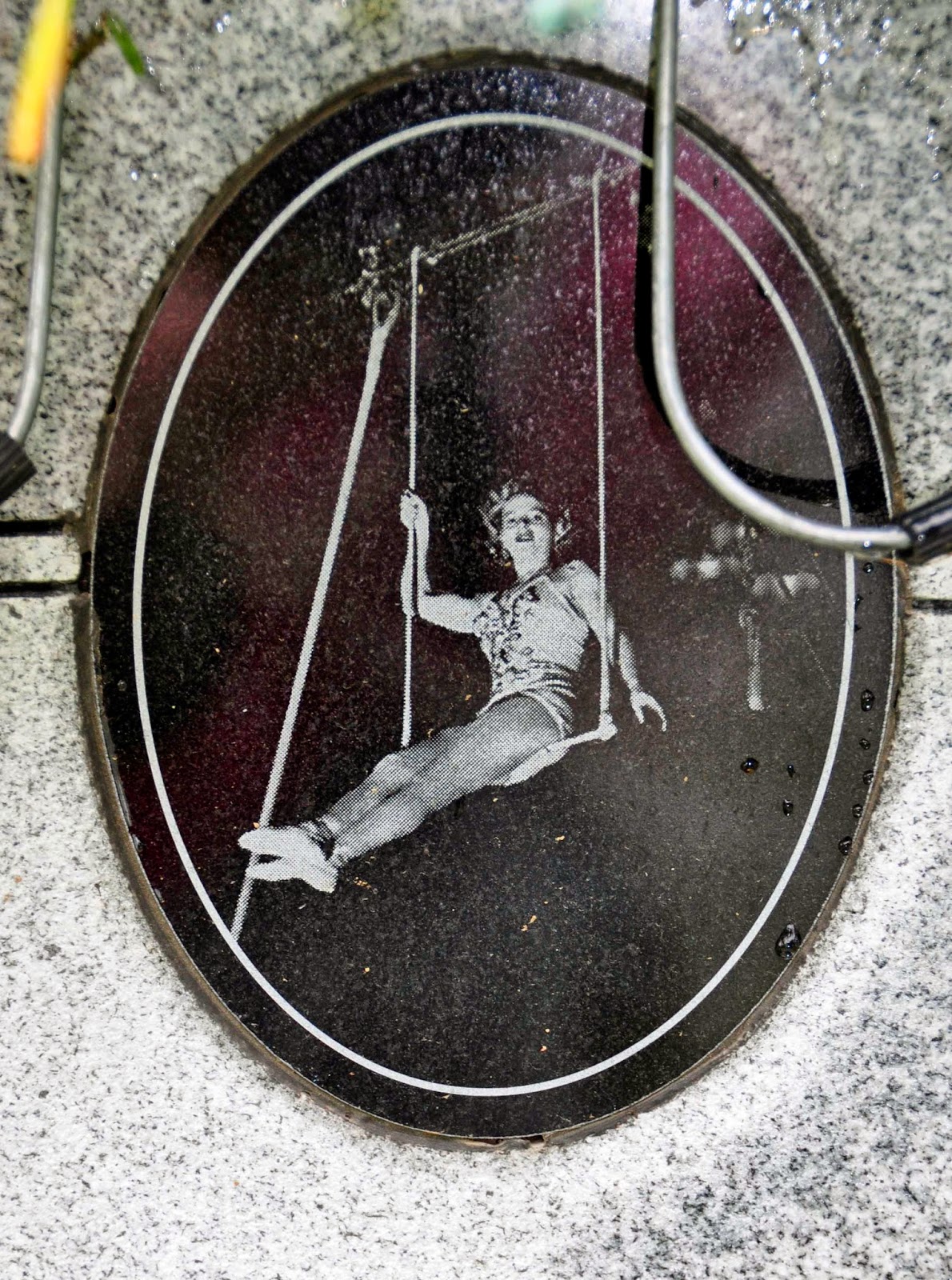 amily friend. Her mother had died when she was young and her father, a circus baggage stock handler was on the road with Sells-Floto.
amily friend. Her mother had died when she was young and her father, a circus baggage stock handler was on the road with Sells-Floto.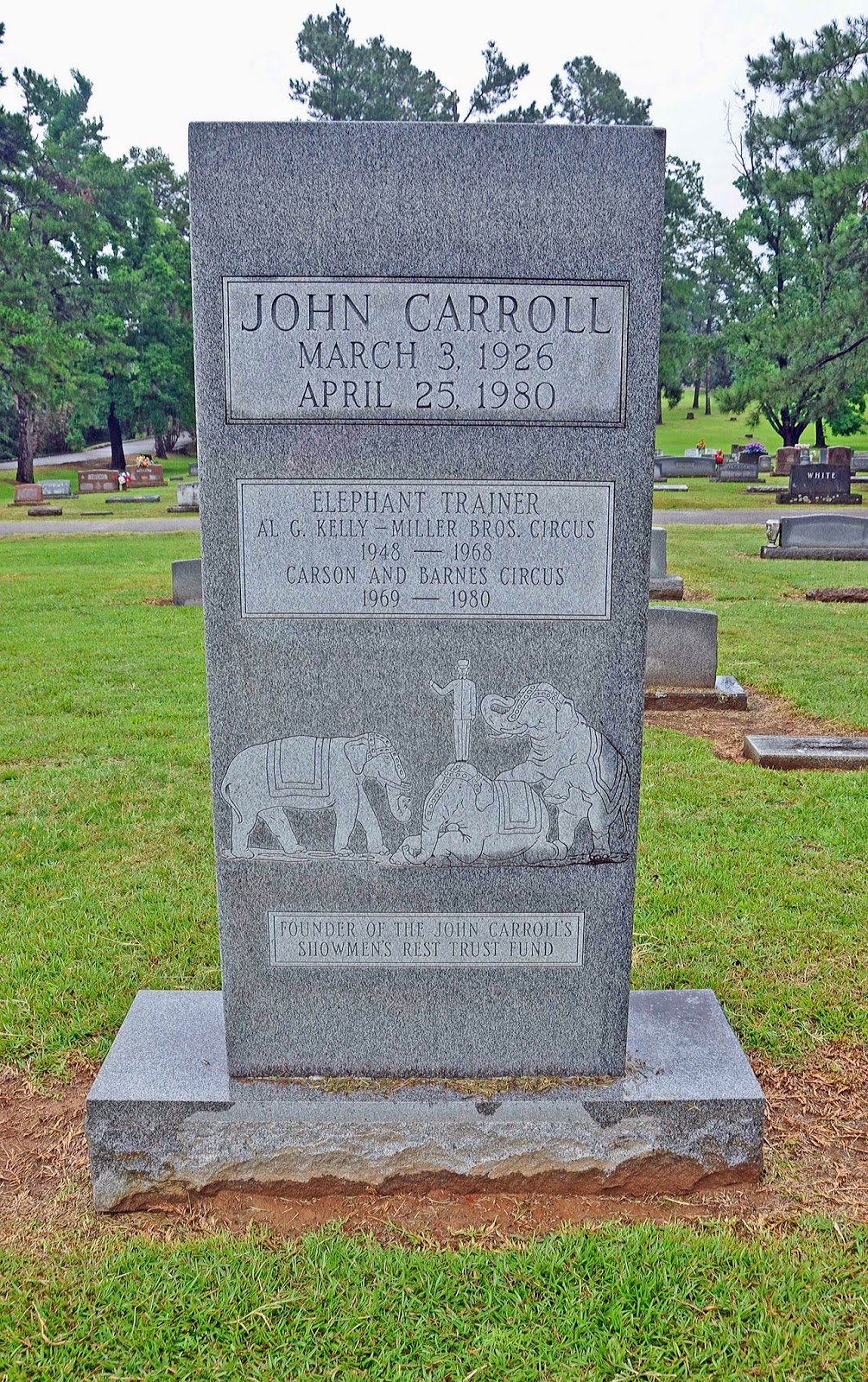
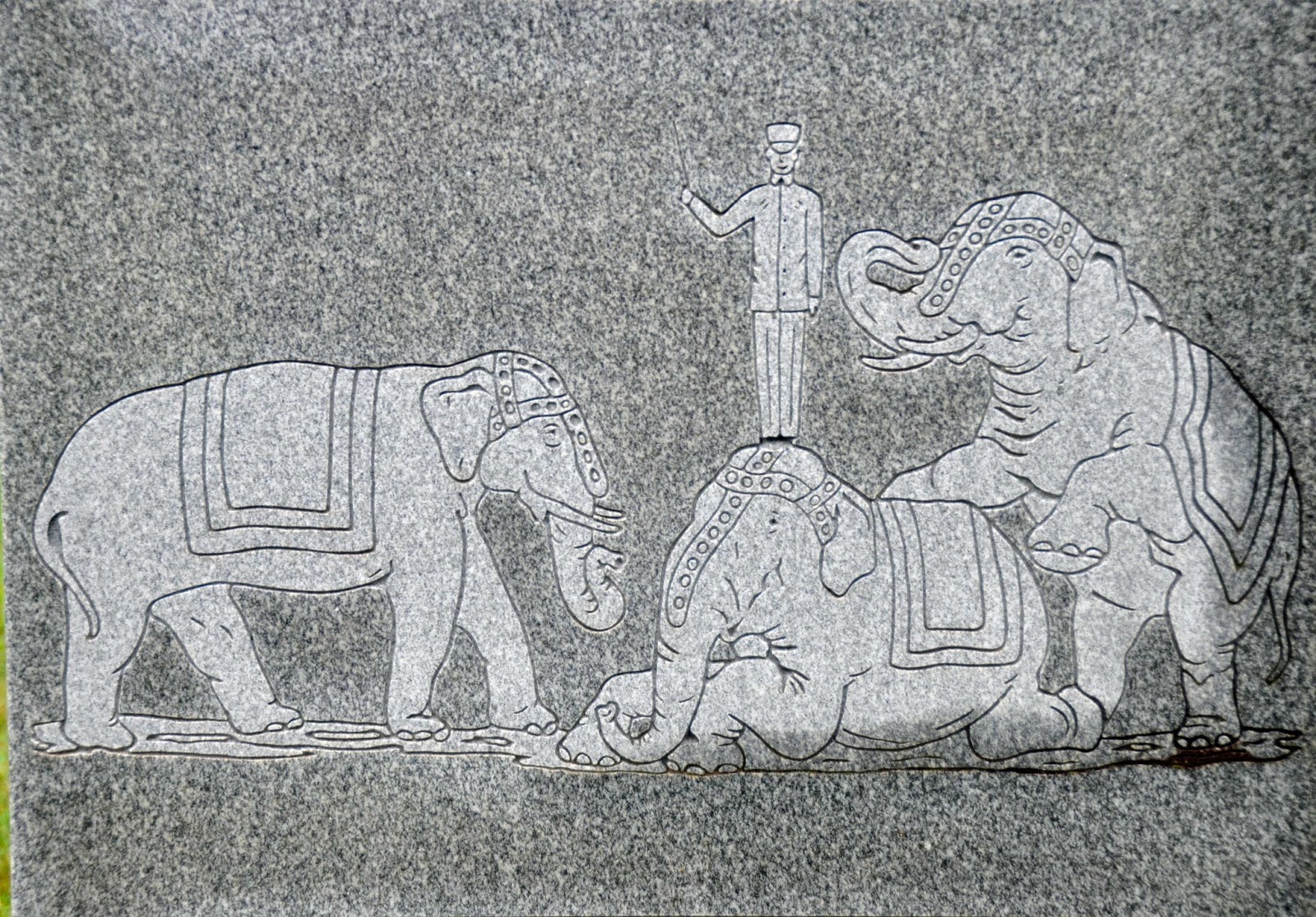 Carroll left his life savings to establish the “John Carroll Showmen’s Rest Trust Fund, to provide gravestones for show people who could not provide their own.
Carroll left his life savings to establish the “John Carroll Showmen’s Rest Trust Fund, to provide gravestones for show people who could not provide their own.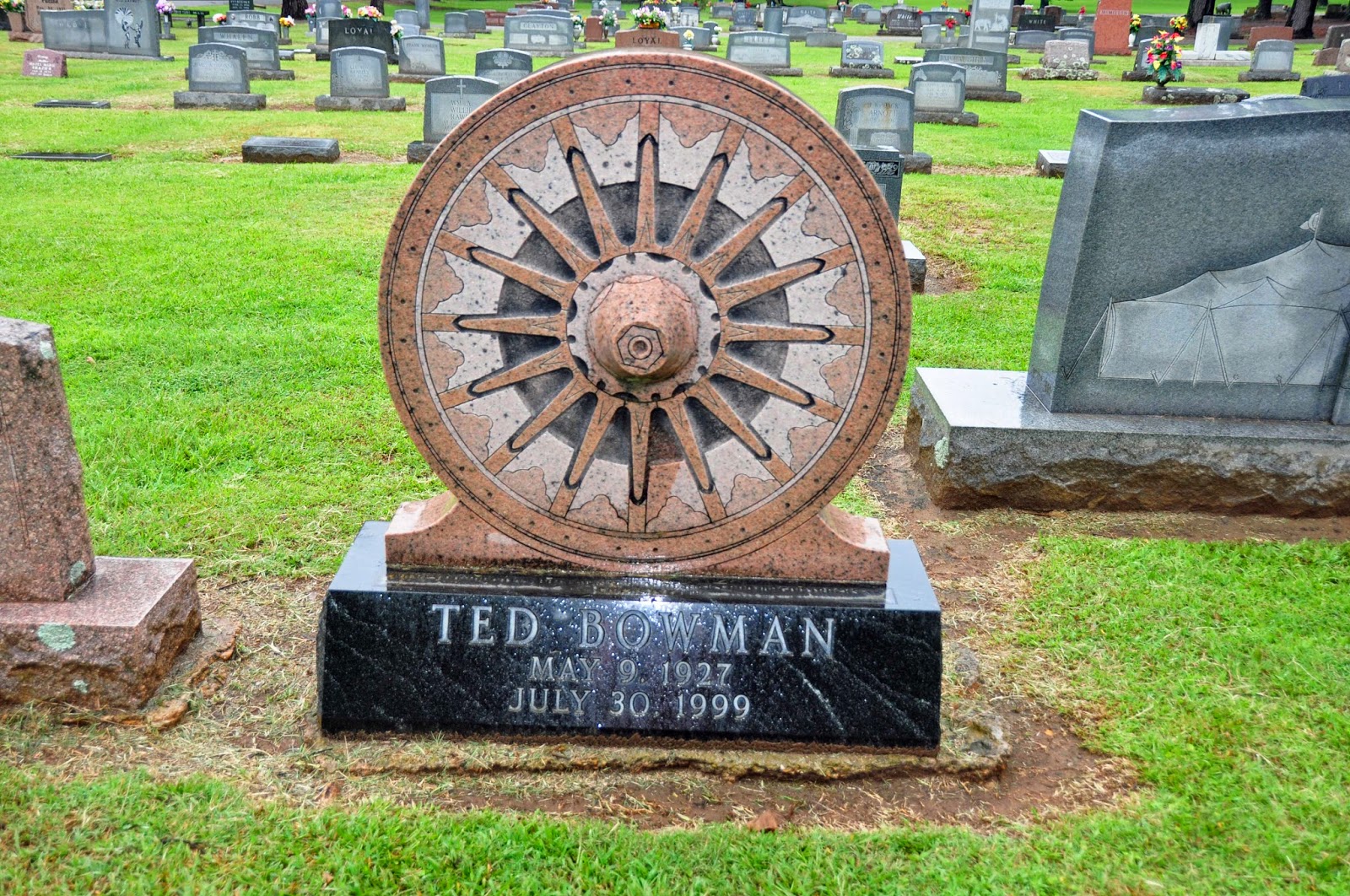
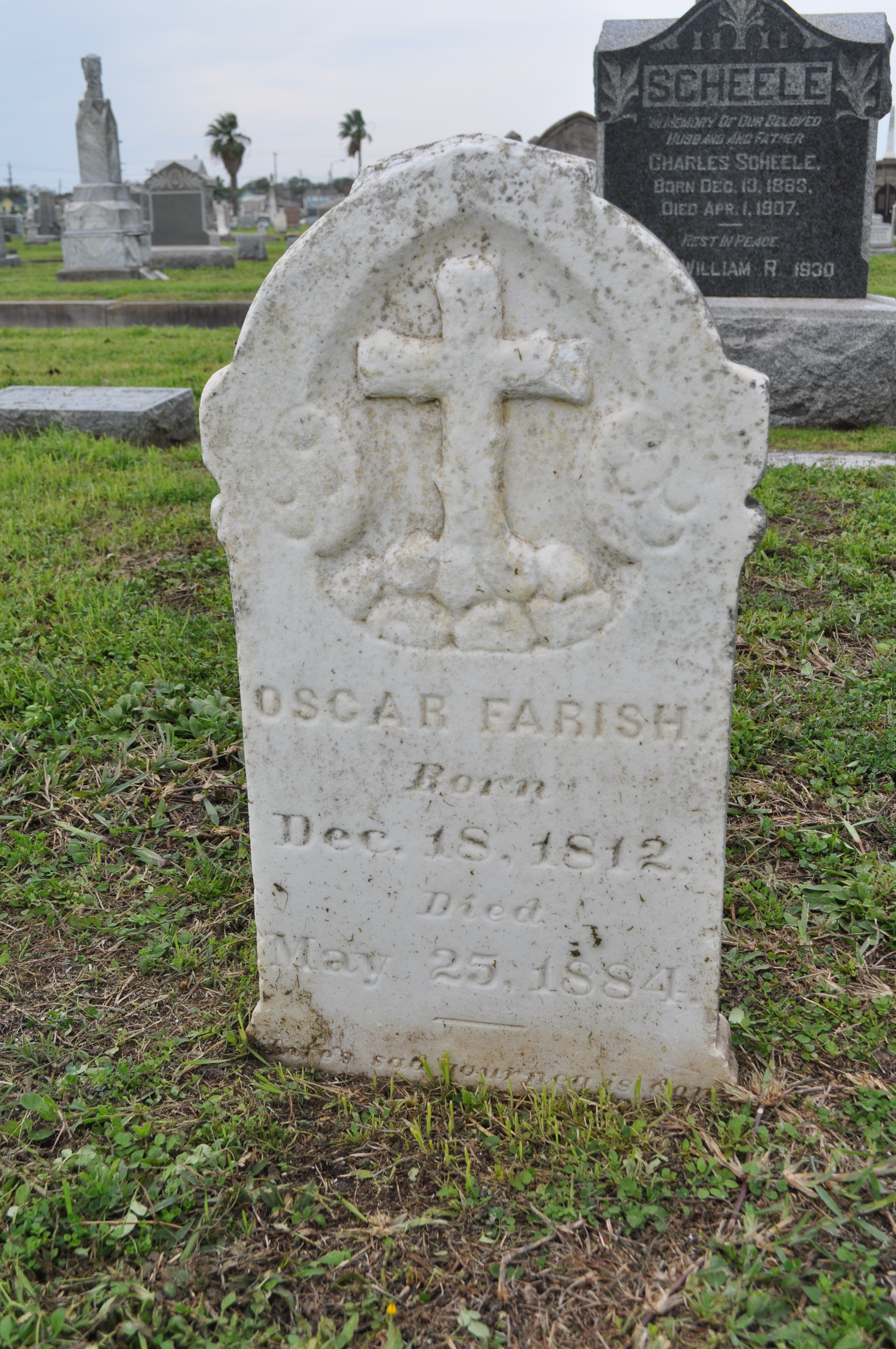
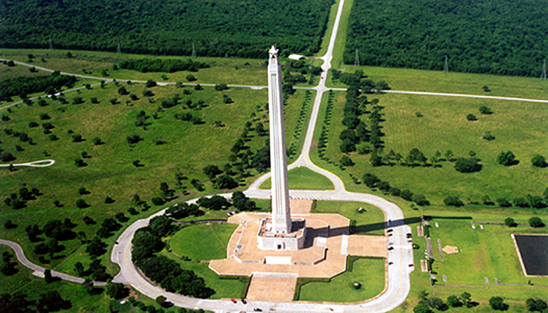
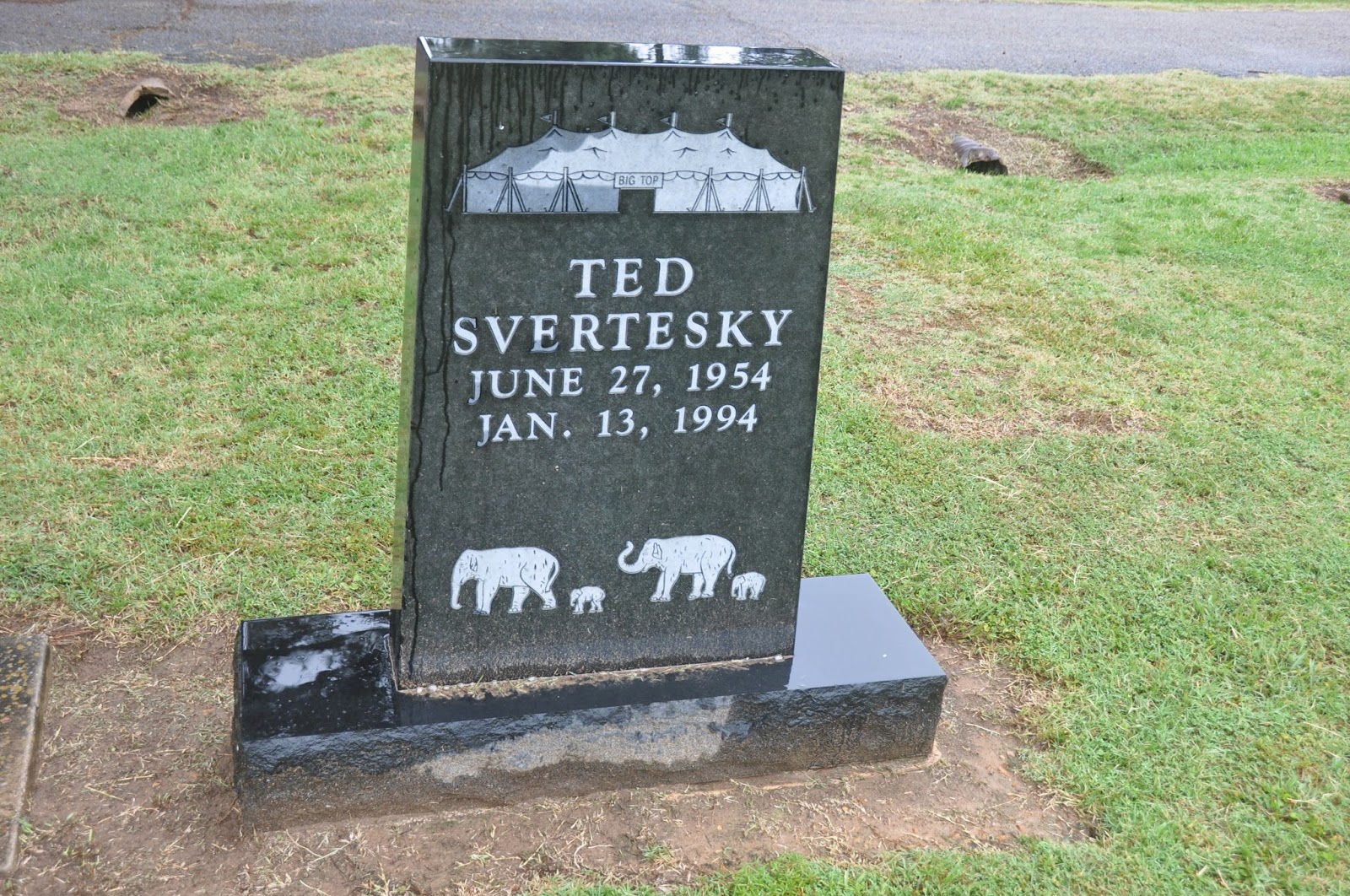 Just after 9:00 in the morning on January 14, 1994, a 53-car Ringling Bros. and Barnum & Bailey circus train headed northbound from St. Petersburg to Orlando for their next show. Rolling along at 38 mph, many of the 150 performers inside were still asleep or just waking up after the previous night’s show when a wheel on one of the passenger cars broke, sending 13 passenger coaches and three flat cars off the tracks. Five of the cars were thrown on their sides.
Just after 9:00 in the morning on January 14, 1994, a 53-car Ringling Bros. and Barnum & Bailey circus train headed northbound from St. Petersburg to Orlando for their next show. Rolling along at 38 mph, many of the 150 performers inside were still asleep or just waking up after the previous night’s show when a wheel on one of the passenger cars broke, sending 13 passenger coaches and three flat cars off the tracks. Five of the cars were thrown on their sides.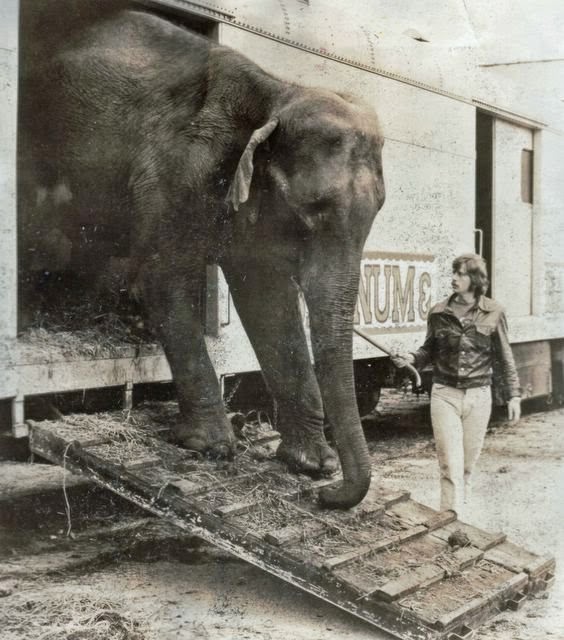
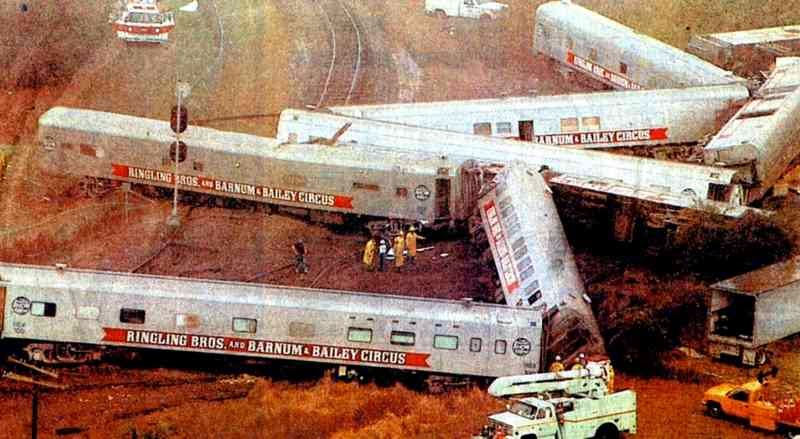
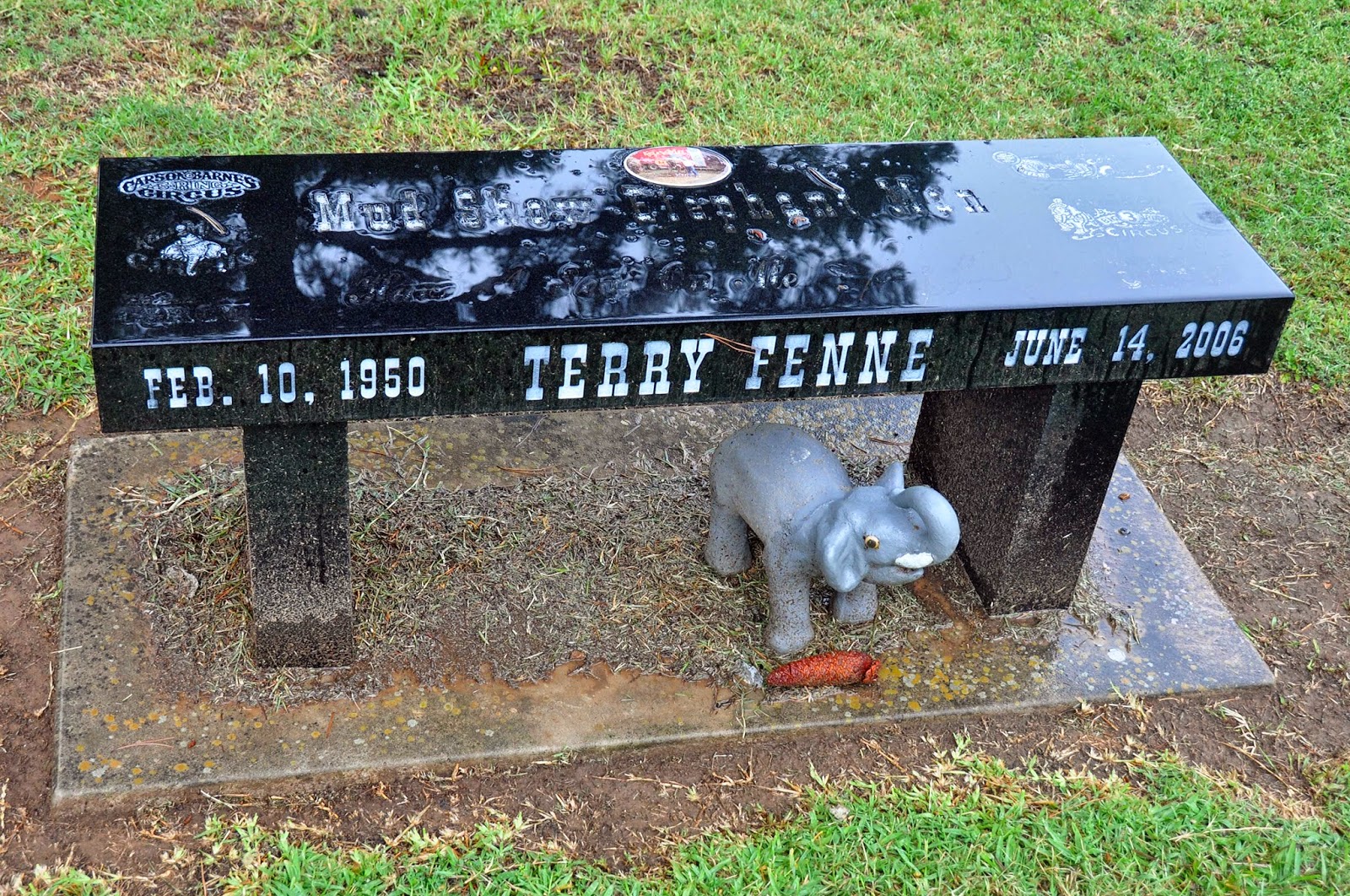
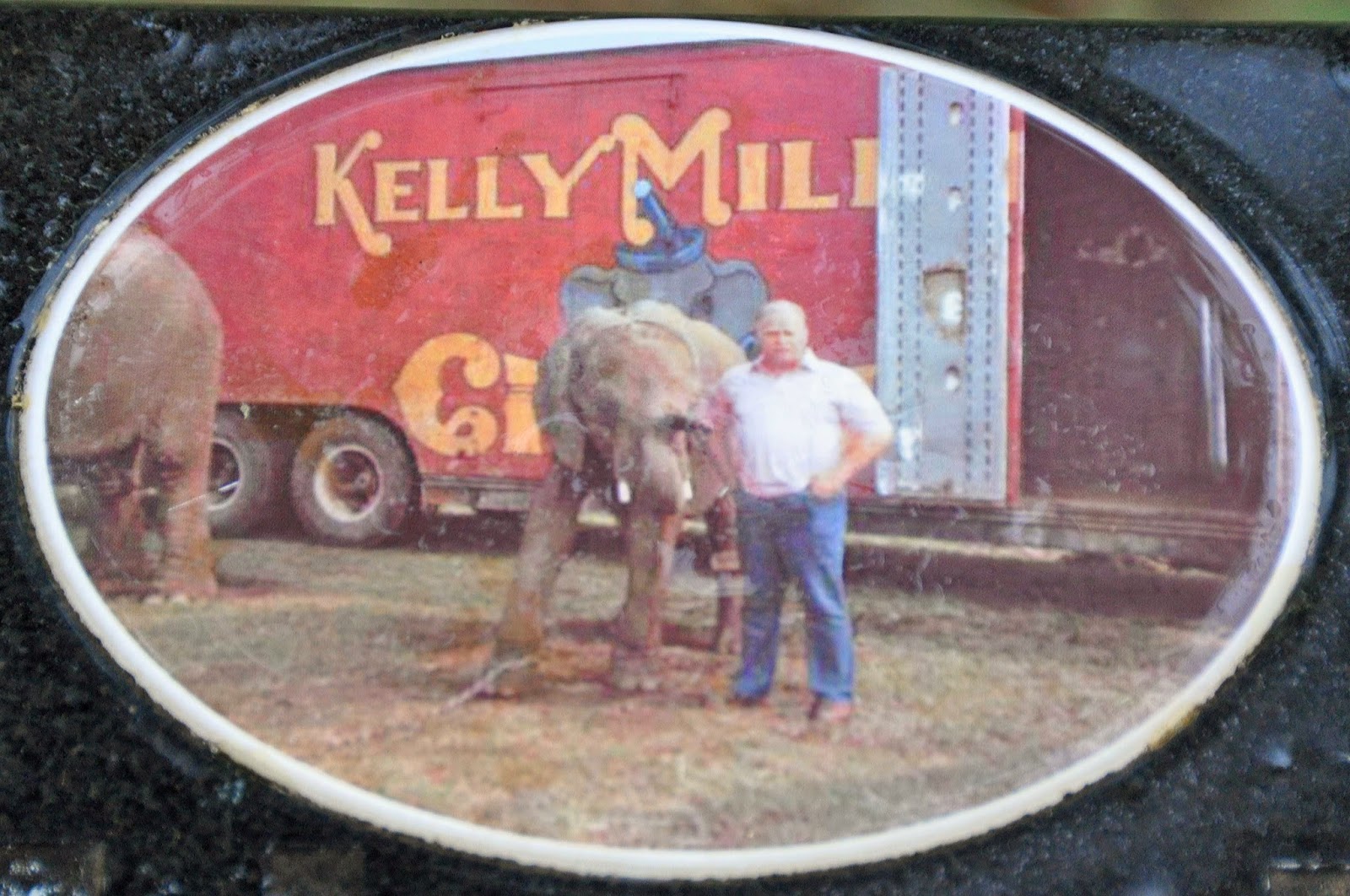


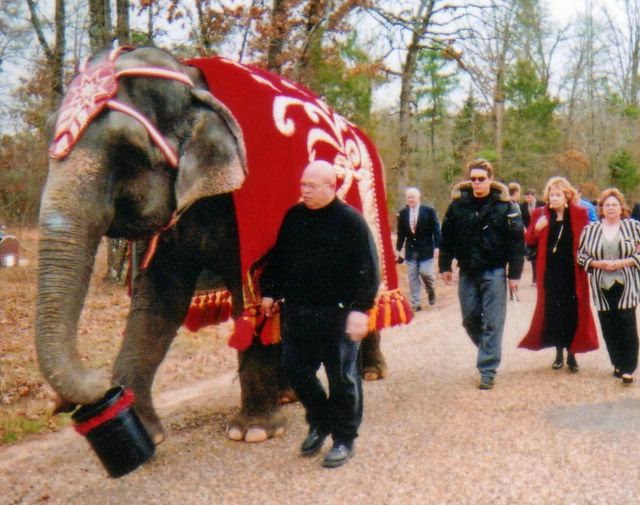
 Hamilton grew up in west Texas, the youngest of eight children. He served in the U. S. Air Froce and worked for the Texas Highway Patrol.
Hamilton grew up in west Texas, the youngest of eight children. He served in the U. S. Air Froce and worked for the Texas Highway Patrol.

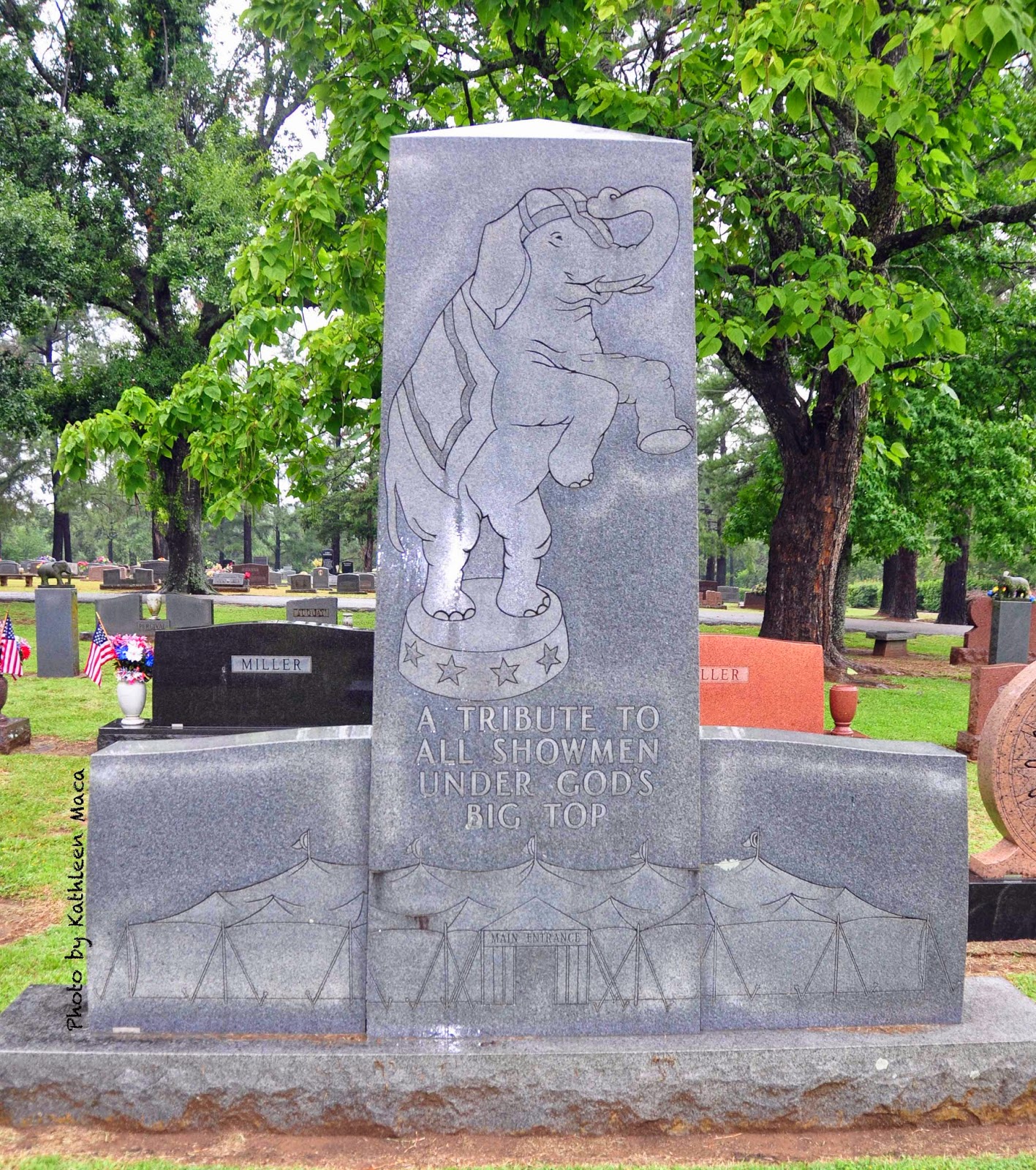
 ma.
ma.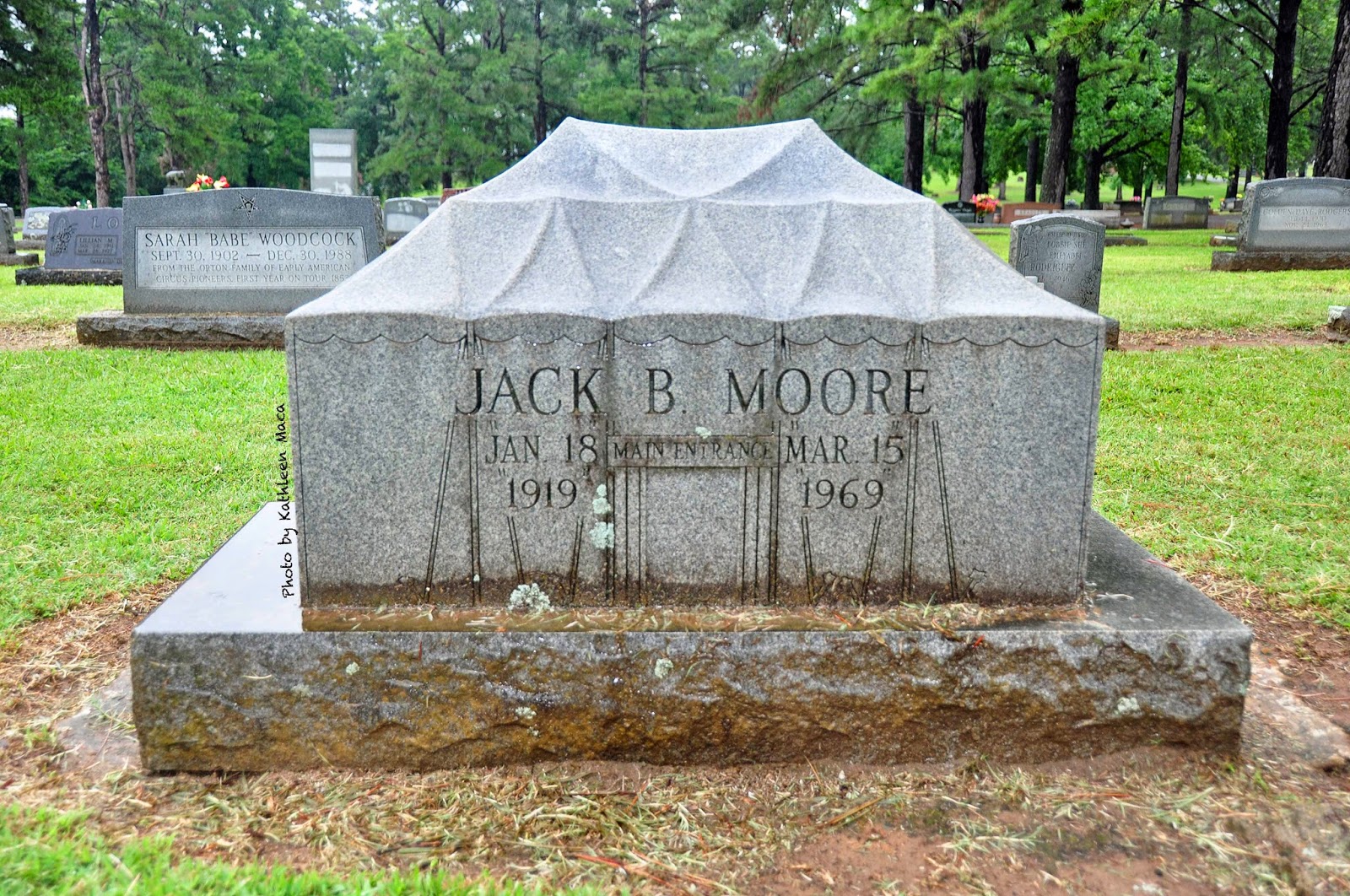
 After the war’s end he launched a small show conducted under a canvas tent. The Clyde Beatty motion picture show was enjoyed along with a trained chimp, wrestling bear, pony show, a singing and dancing number by his daughter Wanda, and Happy Hanks hillbilly Show. It must have been amazing to many of the small towns they visited
After the war’s end he launched a small show conducted under a canvas tent. The Clyde Beatty motion picture show was enjoyed along with a trained chimp, wrestling bear, pony show, a singing and dancing number by his daughter Wanda, and Happy Hanks hillbilly Show. It must have been amazing to many of the small towns they visited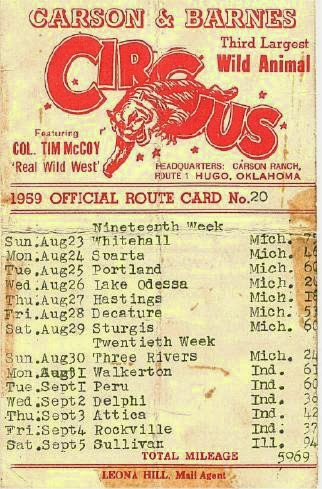 .
.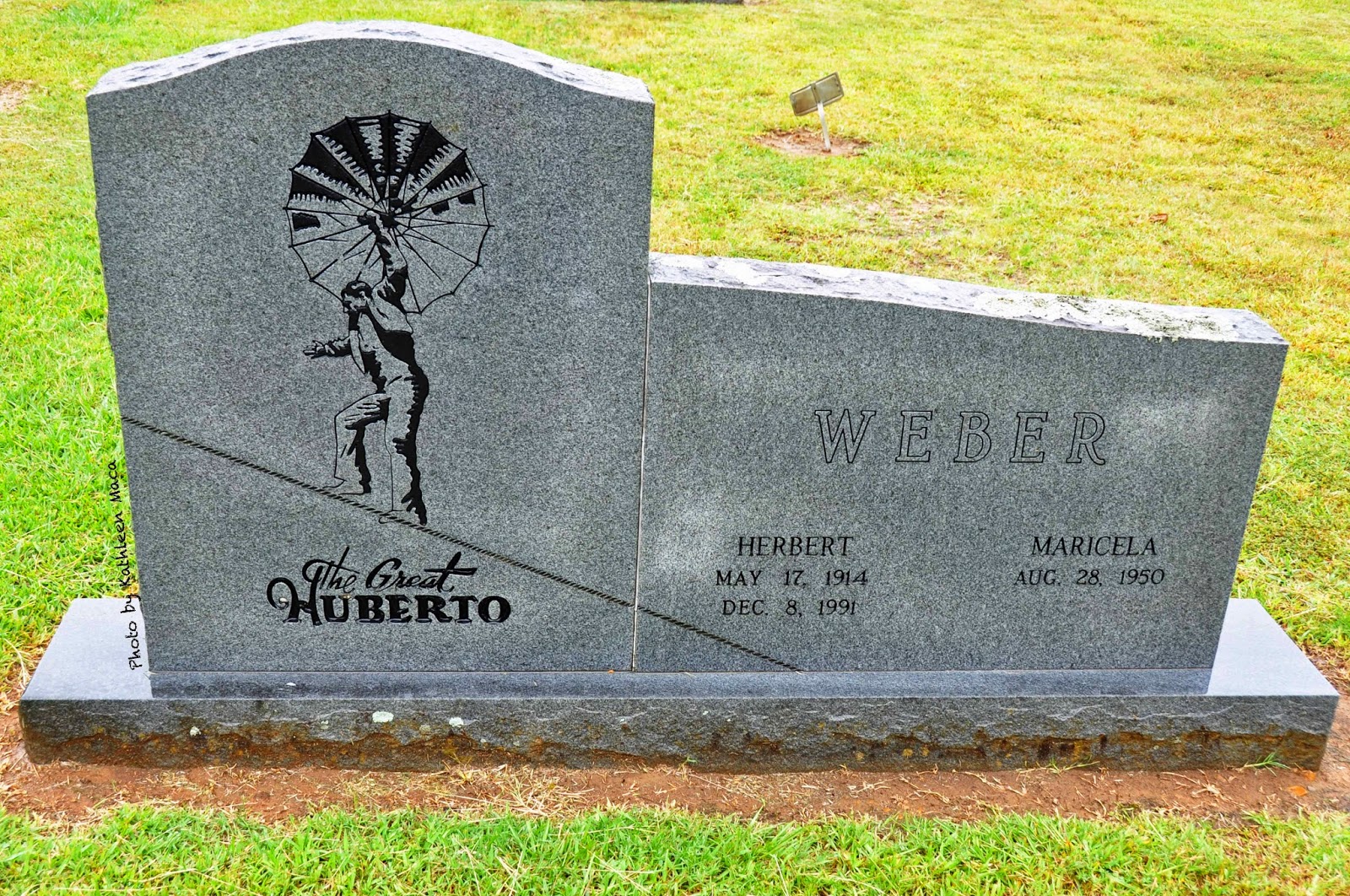

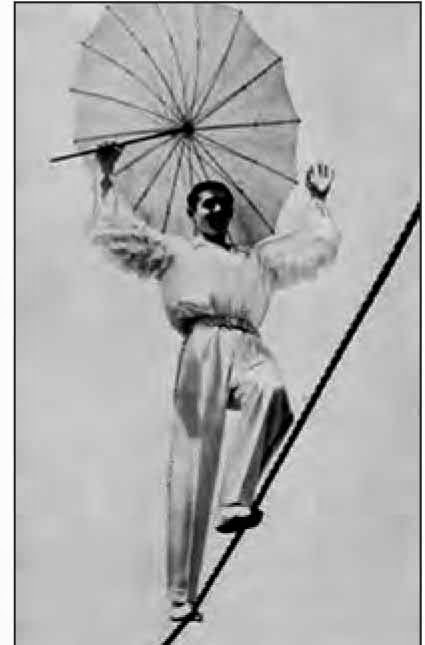
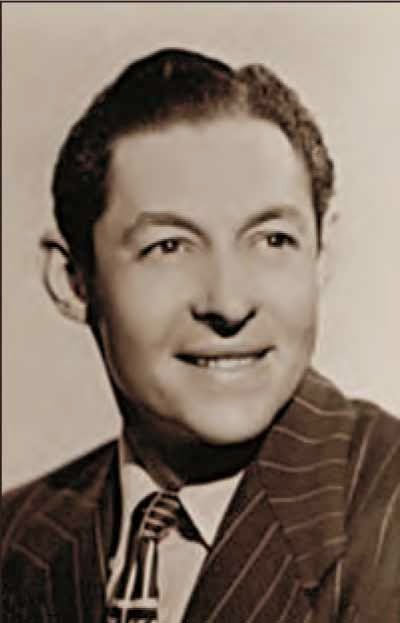 ve marker) – first with Chatita (Chata) Escalante (1911-1985) then his second wife Maricela Sanchez Hernandez.
ve marker) – first with Chatita (Chata) Escalante (1911-1985) then his second wife Maricela Sanchez Hernandez.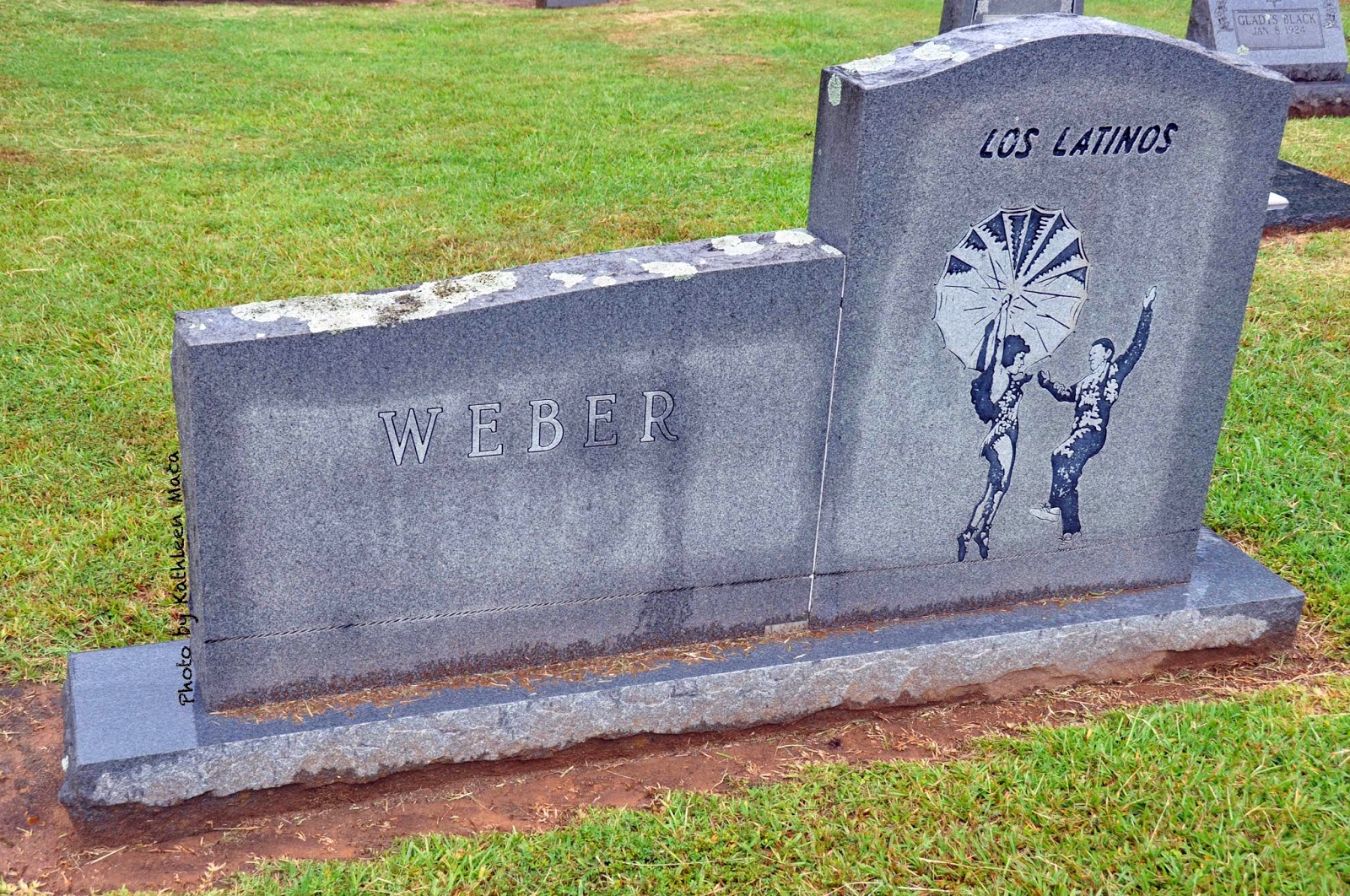
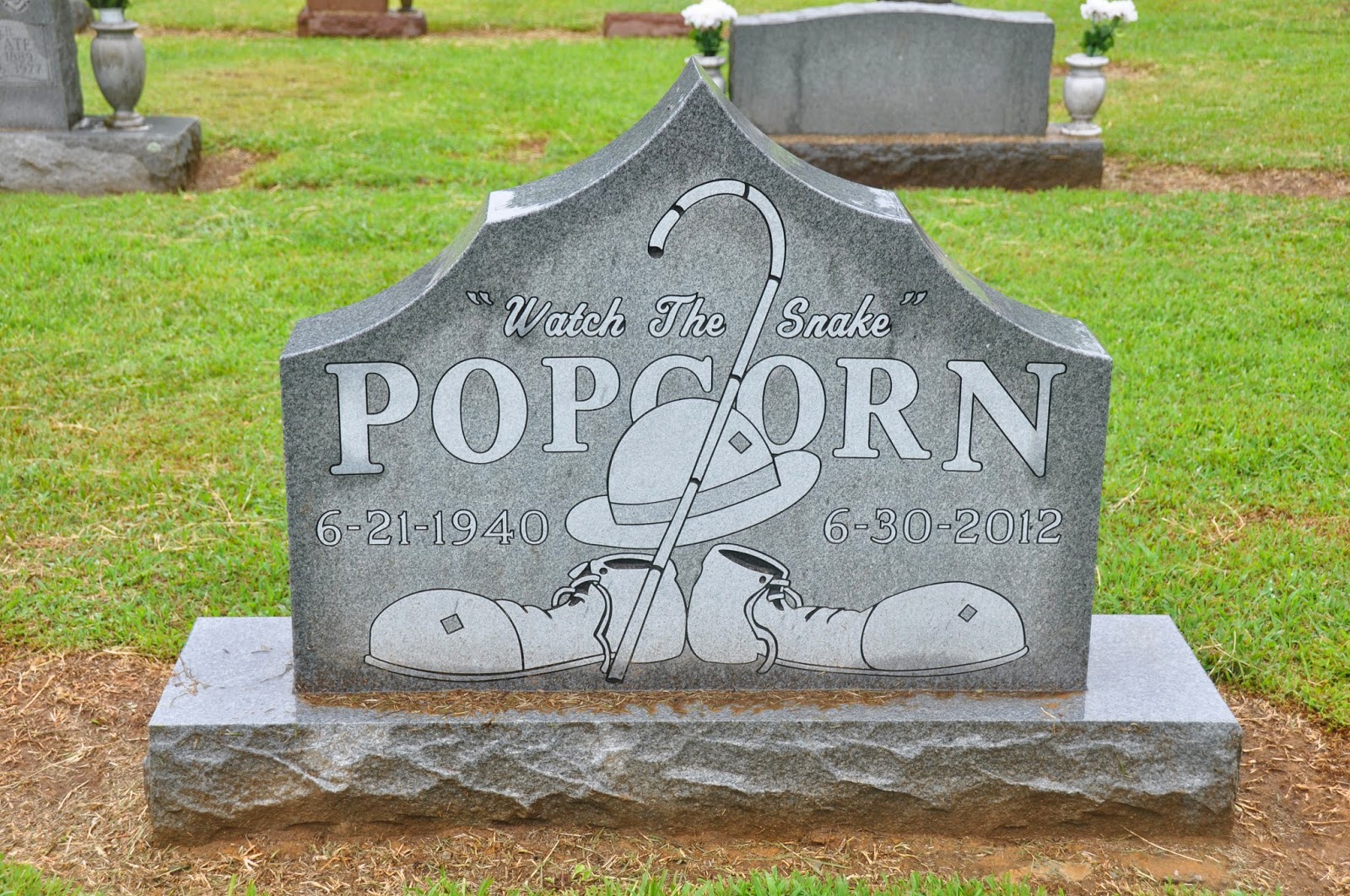
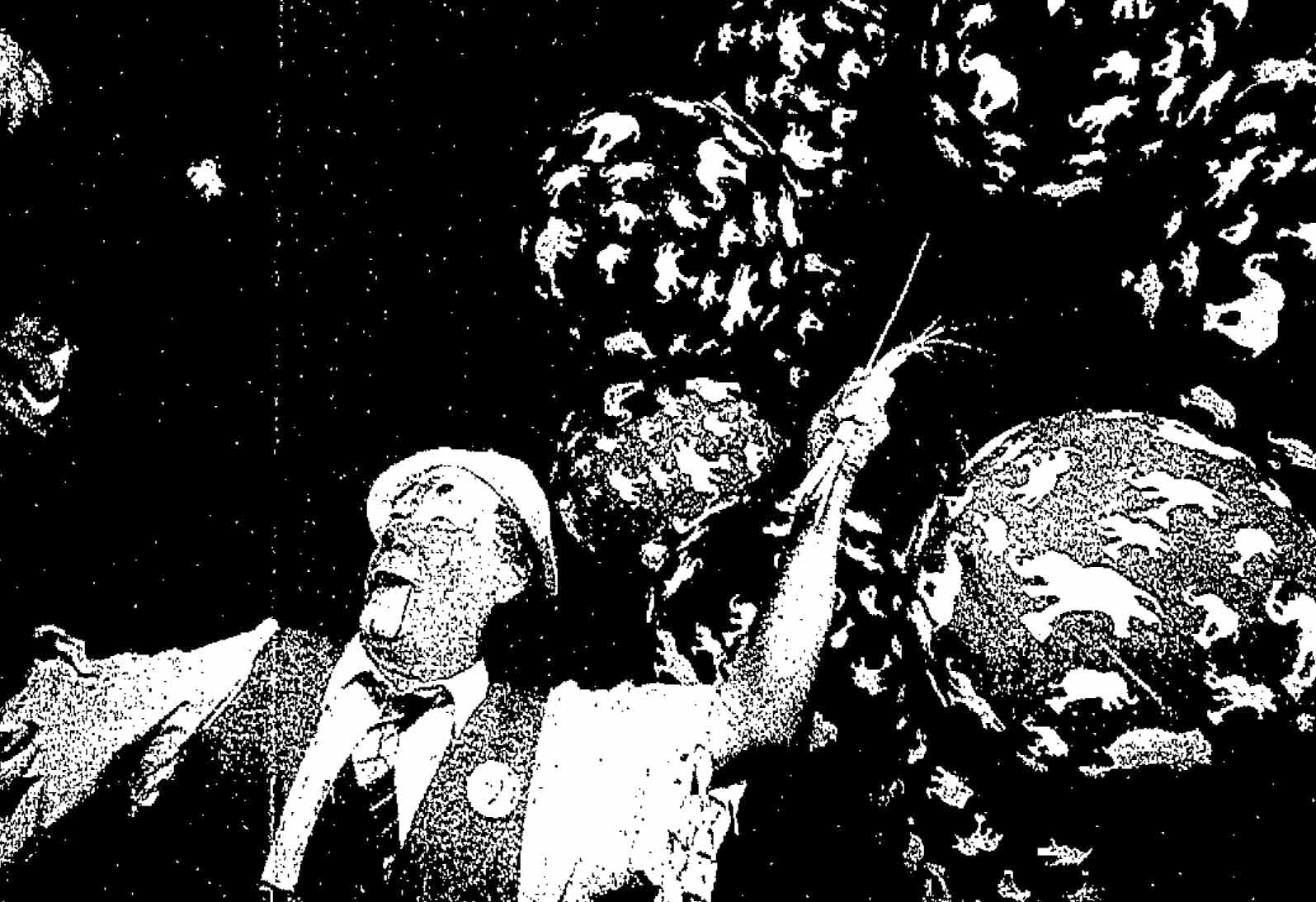
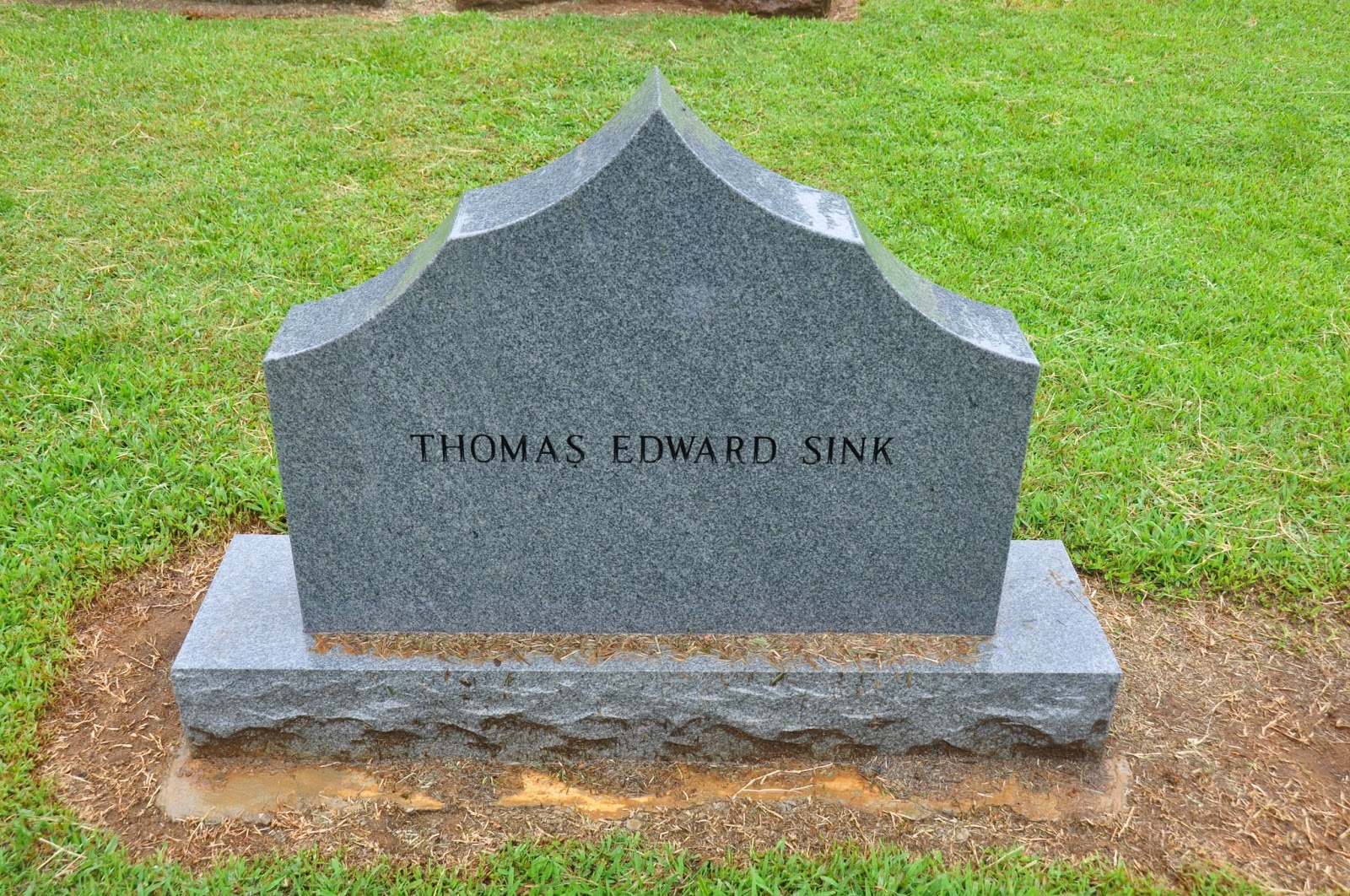
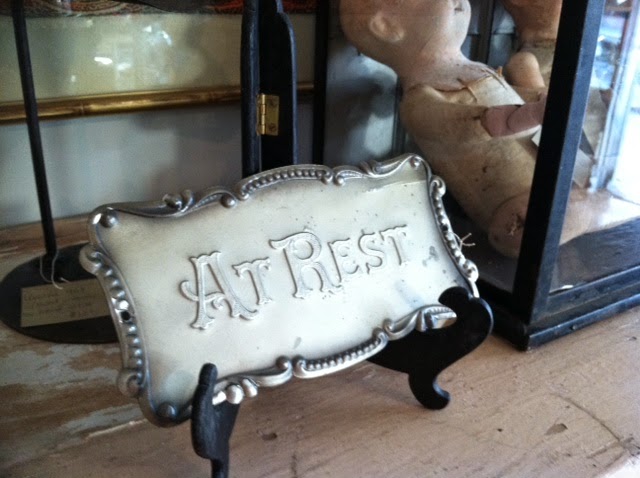 I was glad I had the answer to share with her. Yes, there is a difference although we tend to use the two terms interchangeably.
I was glad I had the answer to share with her. Yes, there is a difference although we tend to use the two terms interchangeably. Wooden coffins, which came into use around the early part of the 16th century in the western world, typically have six sides, and the lid lifts off completely. Once the deceased was placed inside, the lid was nailed shut. Think about the classic Halloween decoration or old black-and-white vampire movies, and you have the idea.
Wooden coffins, which came into use around the early part of the 16th century in the western world, typically have six sides, and the lid lifts off completely. Once the deceased was placed inside, the lid was nailed shut. Think about the classic Halloween decoration or old black-and-white vampire movies, and you have the idea.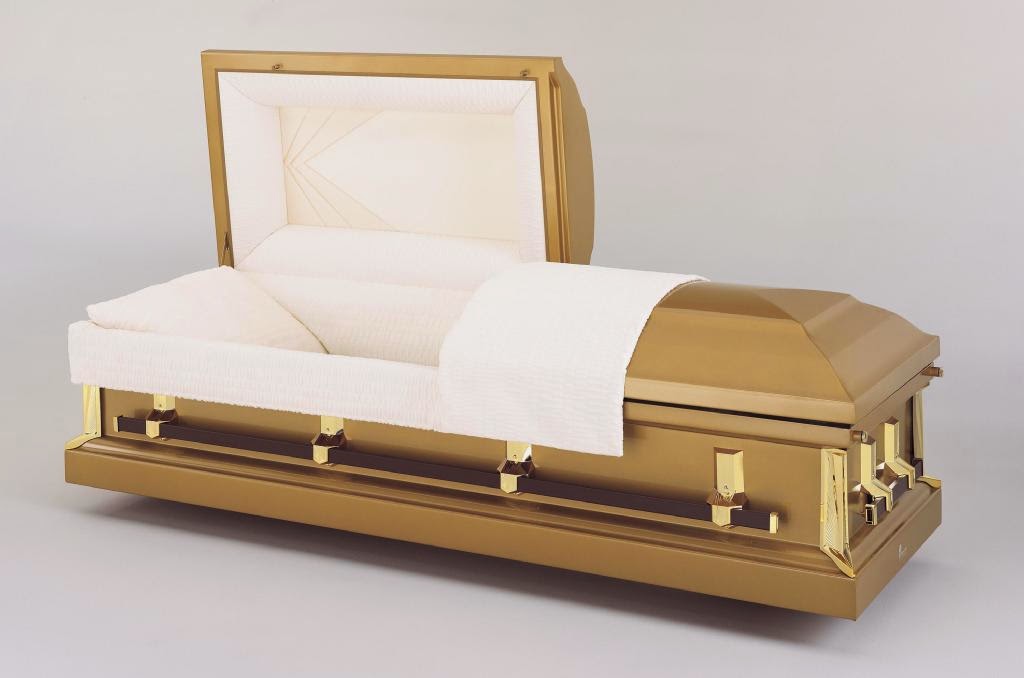
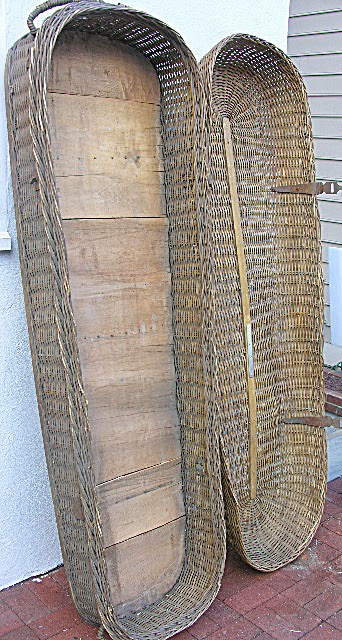 The Greek word “kophinos,” meaning basket, refers to the fact that wicker baskets were used in days gone by. There is a new interest in utilizing them for “green burials.”
The Greek word “kophinos,” meaning basket, refers to the fact that wicker baskets were used in days gone by. There is a new interest in utilizing them for “green burials.”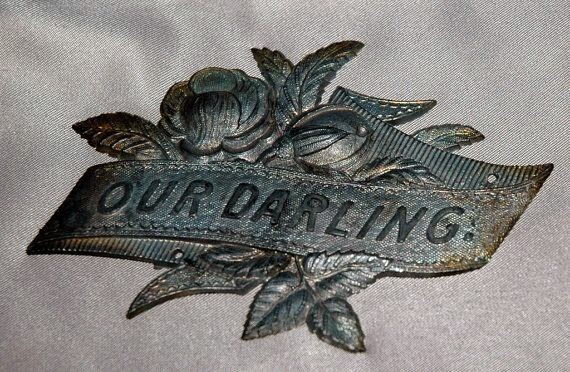 “Fittings” or “coffin furniture” were/are external details such as crucifixes, handles and name plates. The local mortician would often offer “rental” of such adornments which would then be removed immediately before burial.
“Fittings” or “coffin furniture” were/are external details such as crucifixes, handles and name plates. The local mortician would often offer “rental” of such adornments which would then be removed immediately before burial. used to transport a deceased person it is called a “pall,” hence the term “pallbearer” for those that carry it. The word can also refer to a cloth used to drape over the coffin.
used to transport a deceased person it is called a “pall,” hence the term “pallbearer” for those that carry it. The word can also refer to a cloth used to drape over the coffin.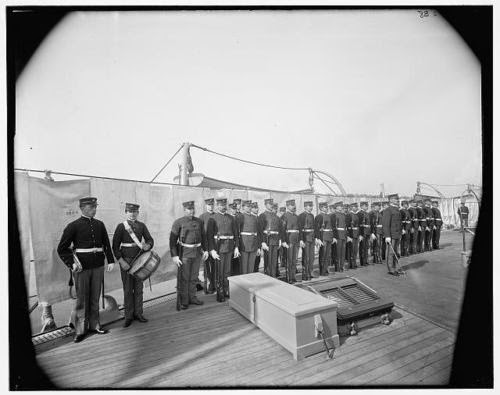
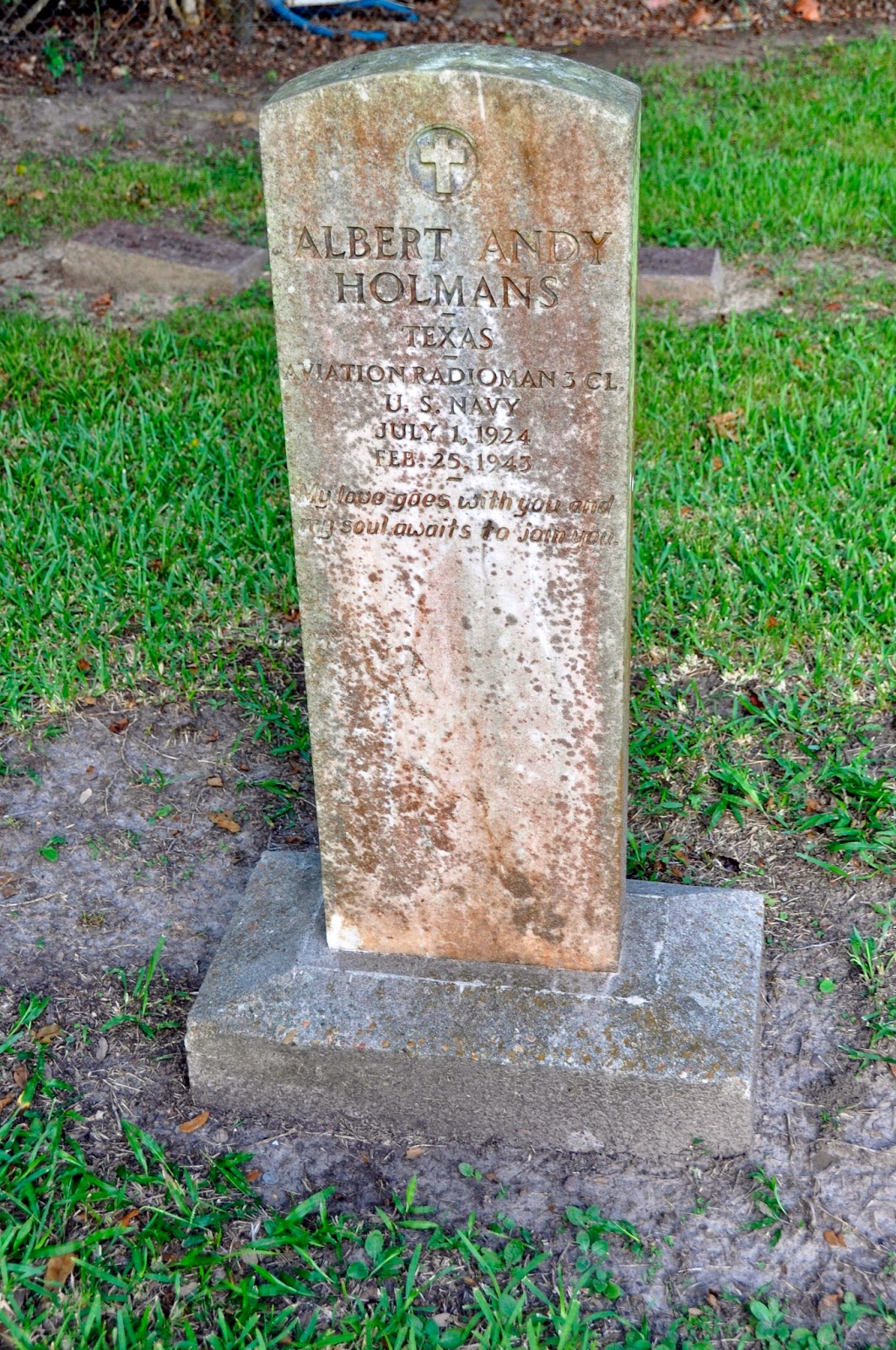
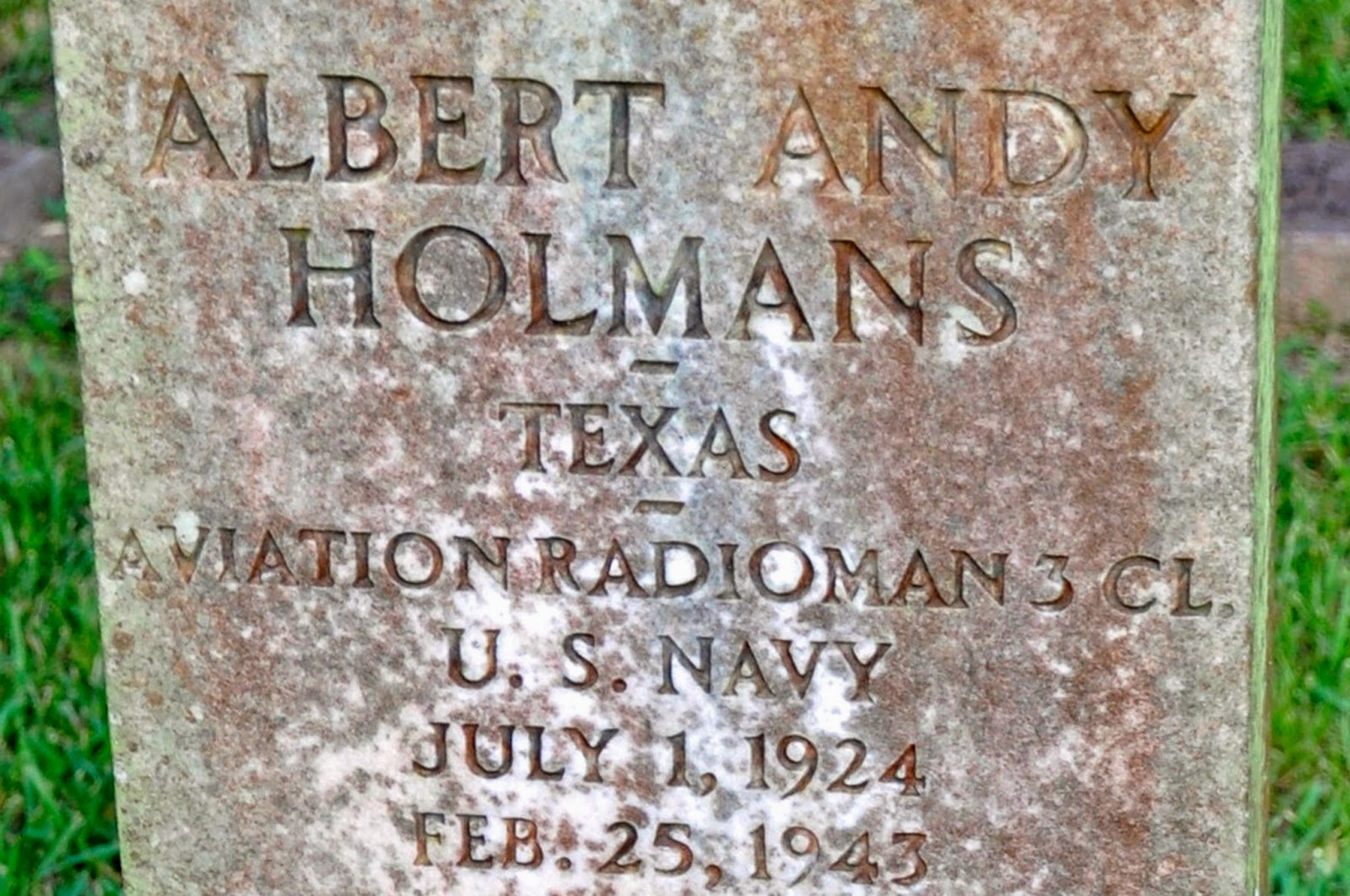

 Masonic School Home, Fort Worth, Texas
Masonic School Home, Fort Worth, Texas